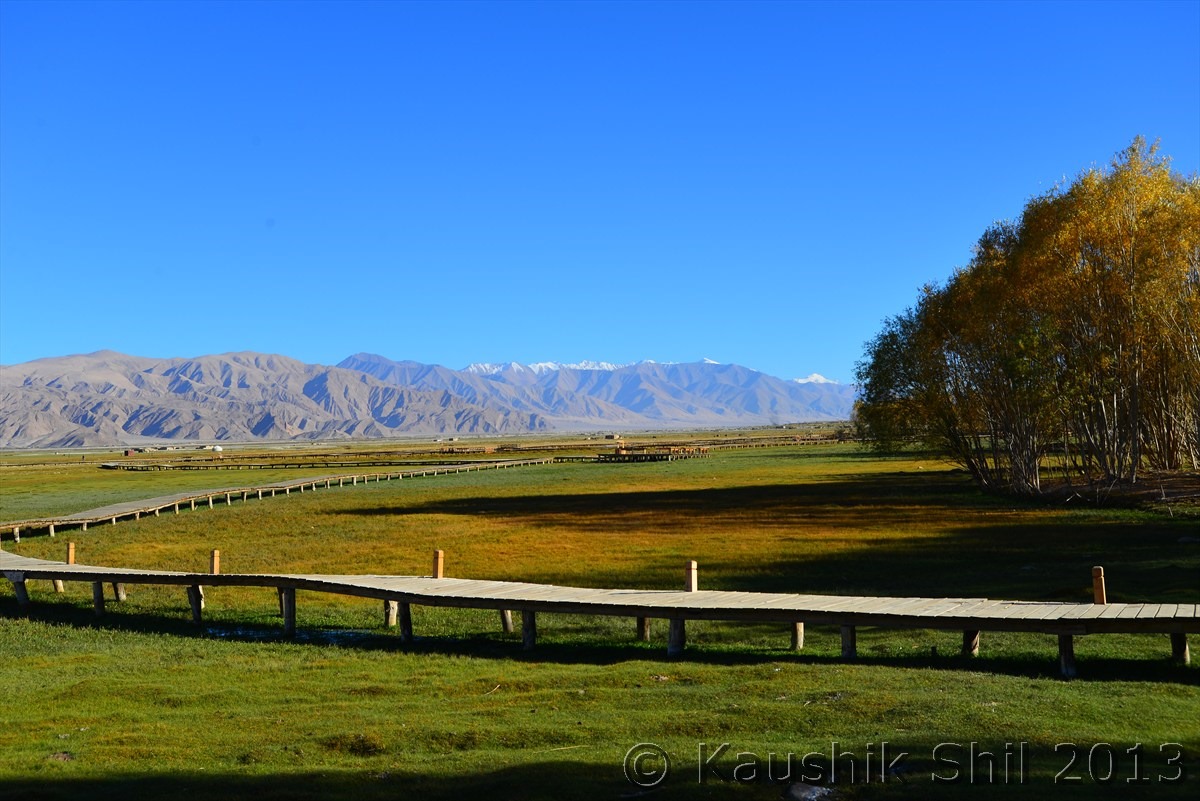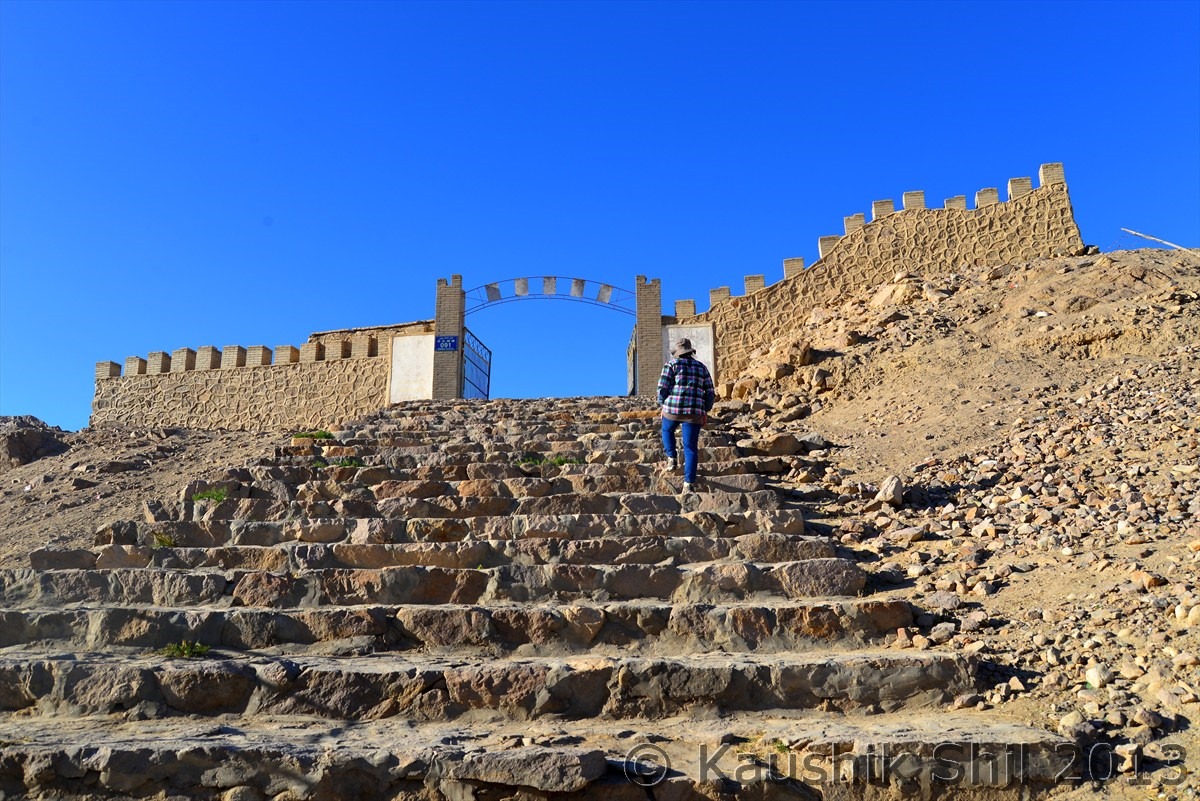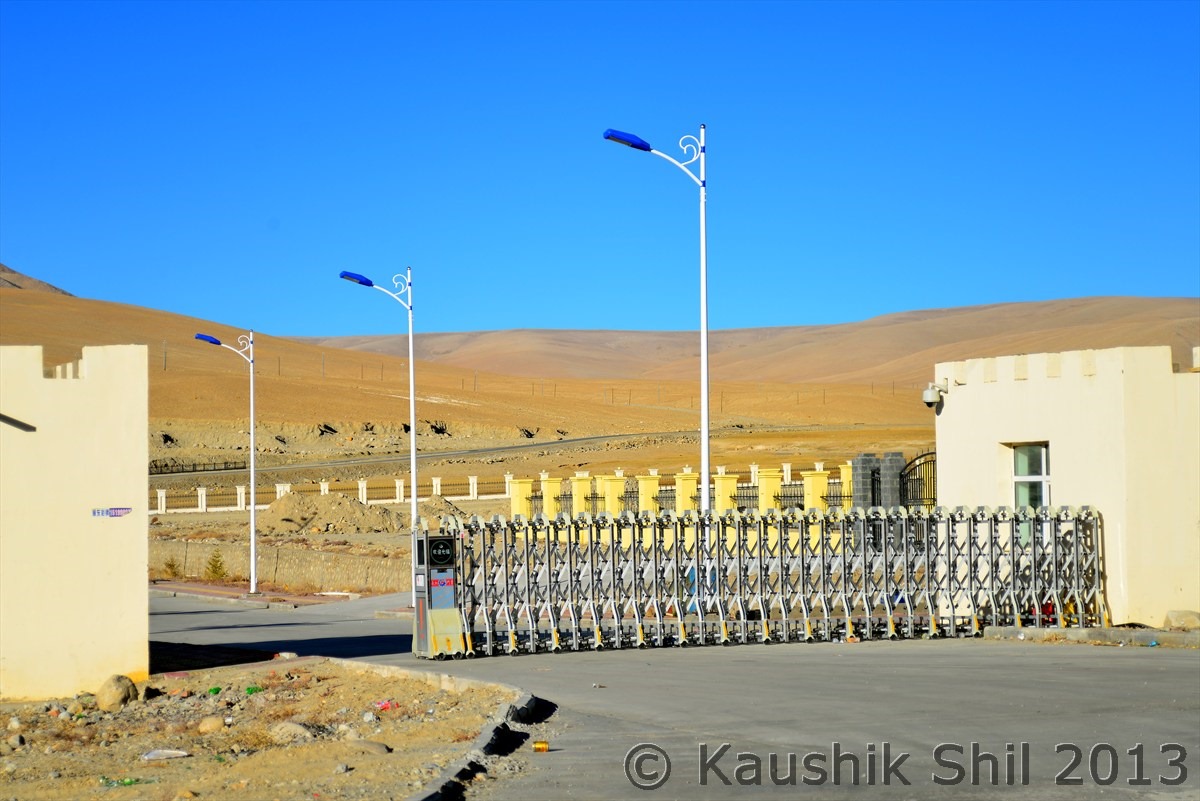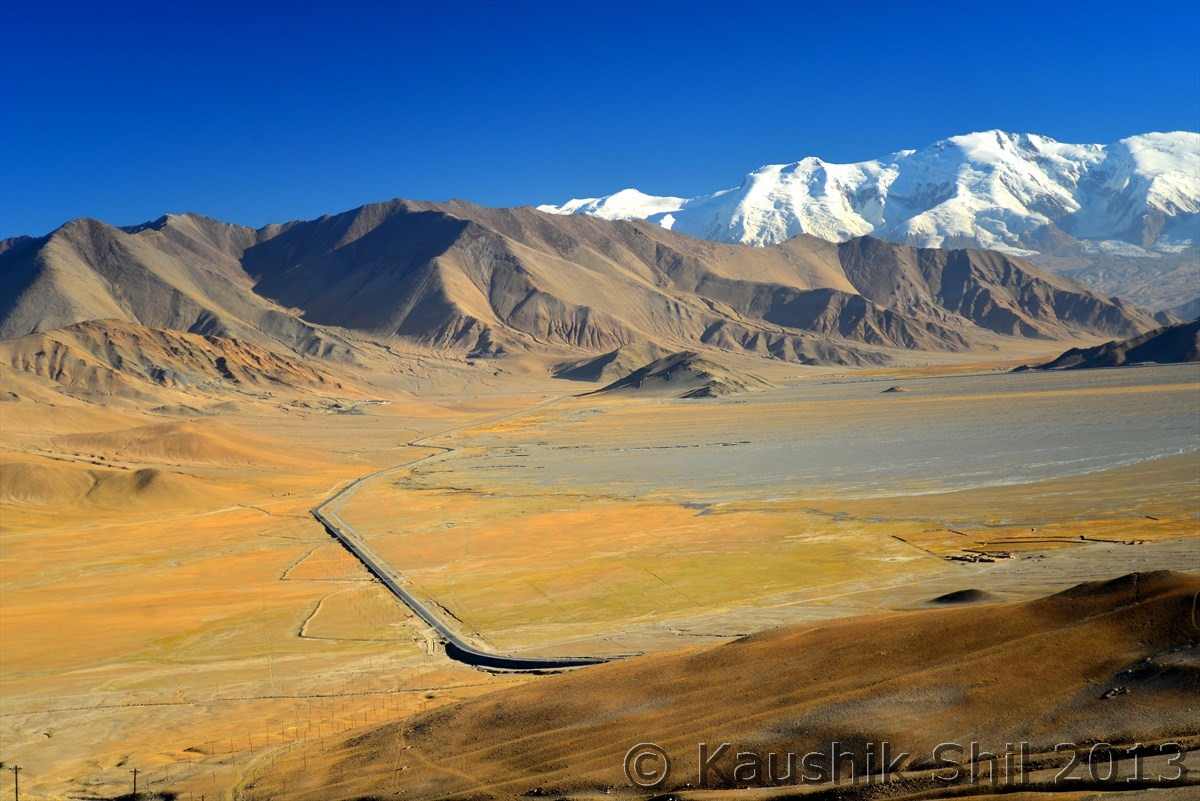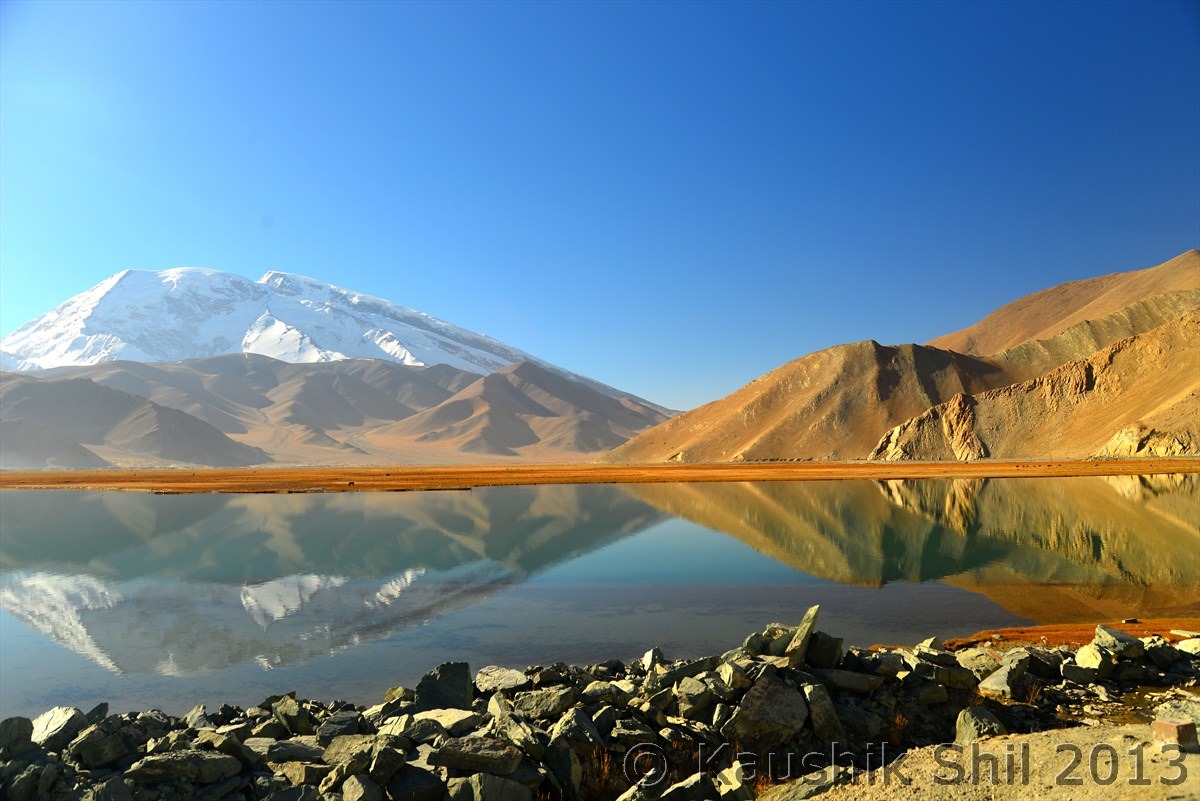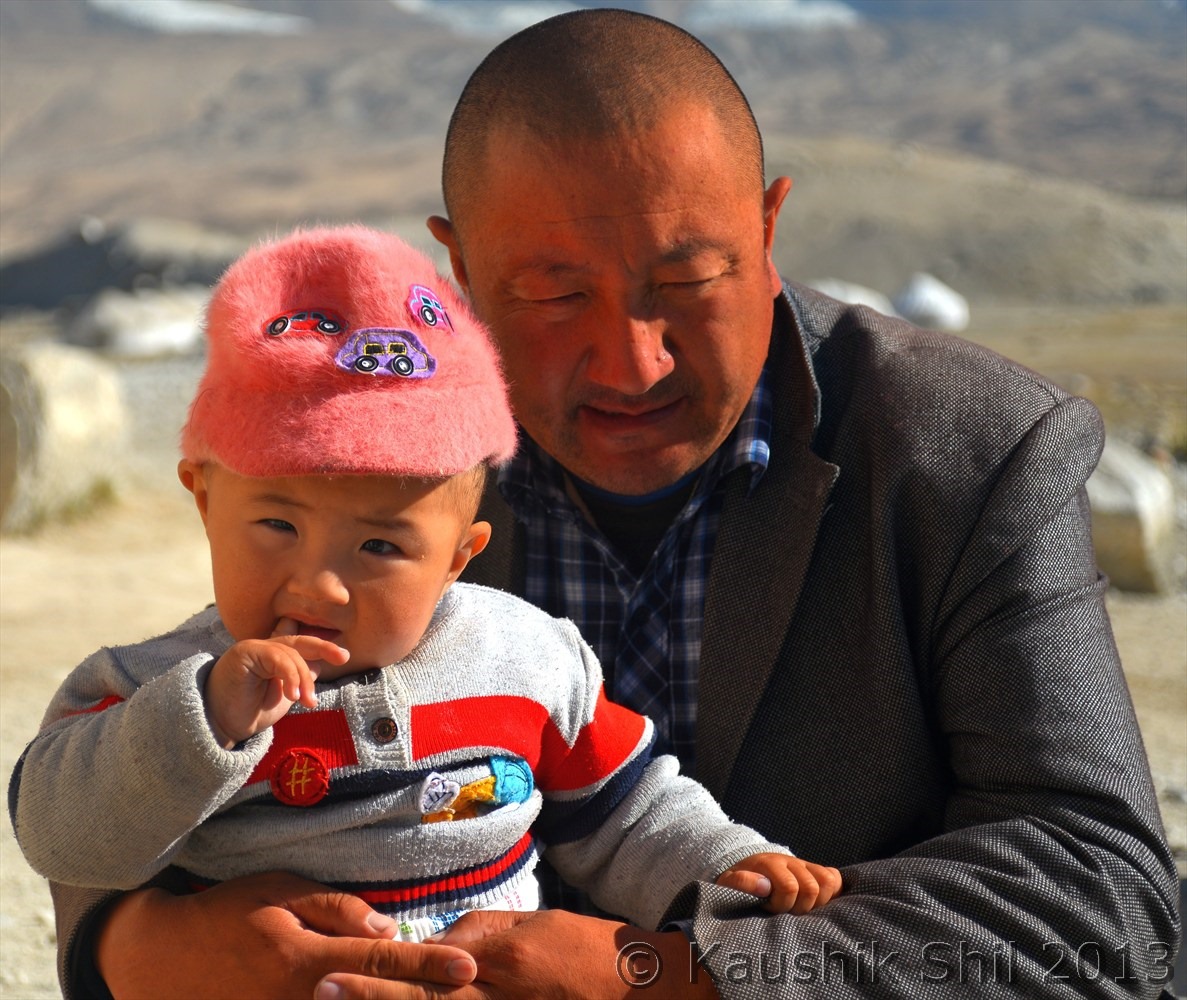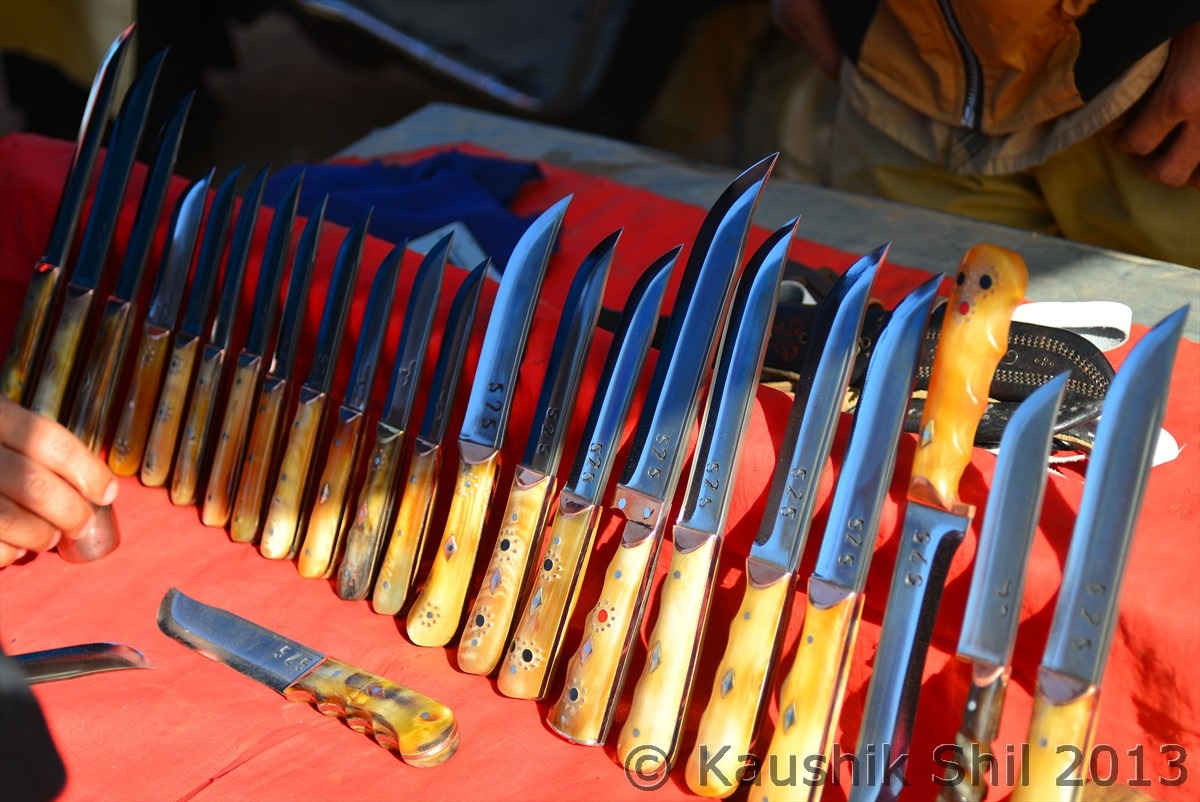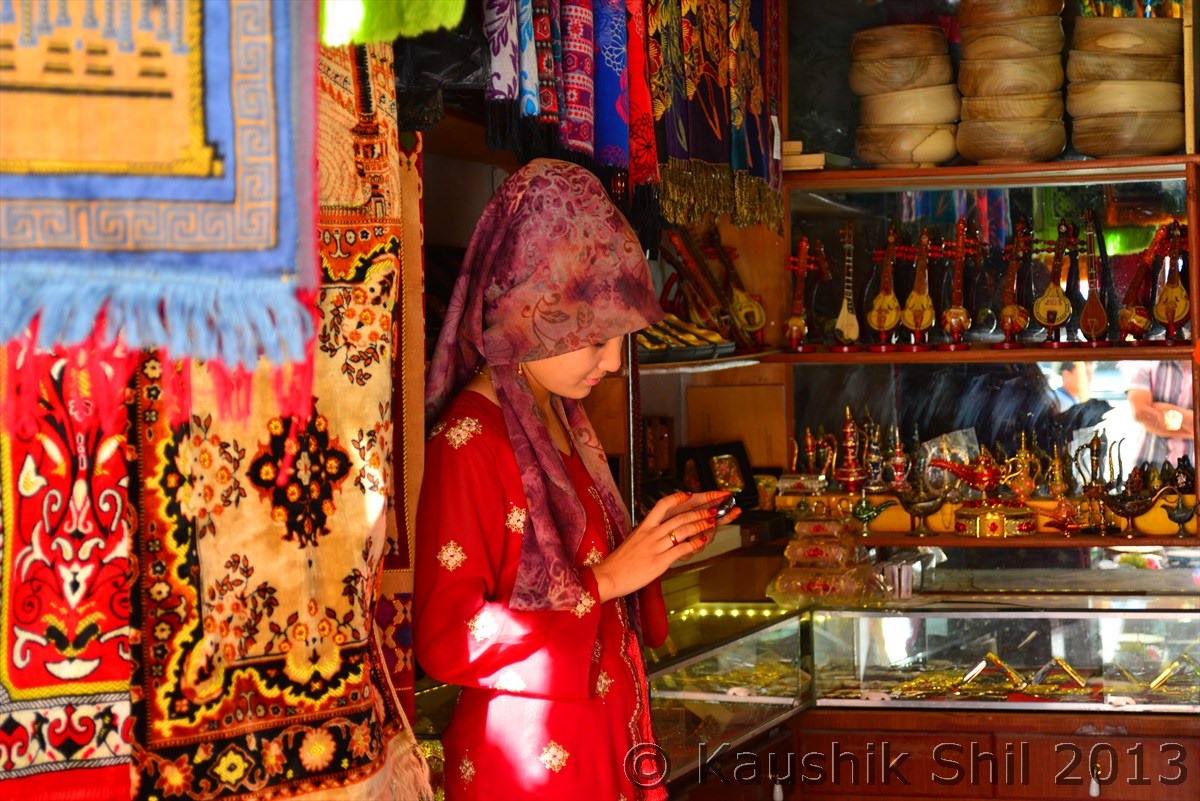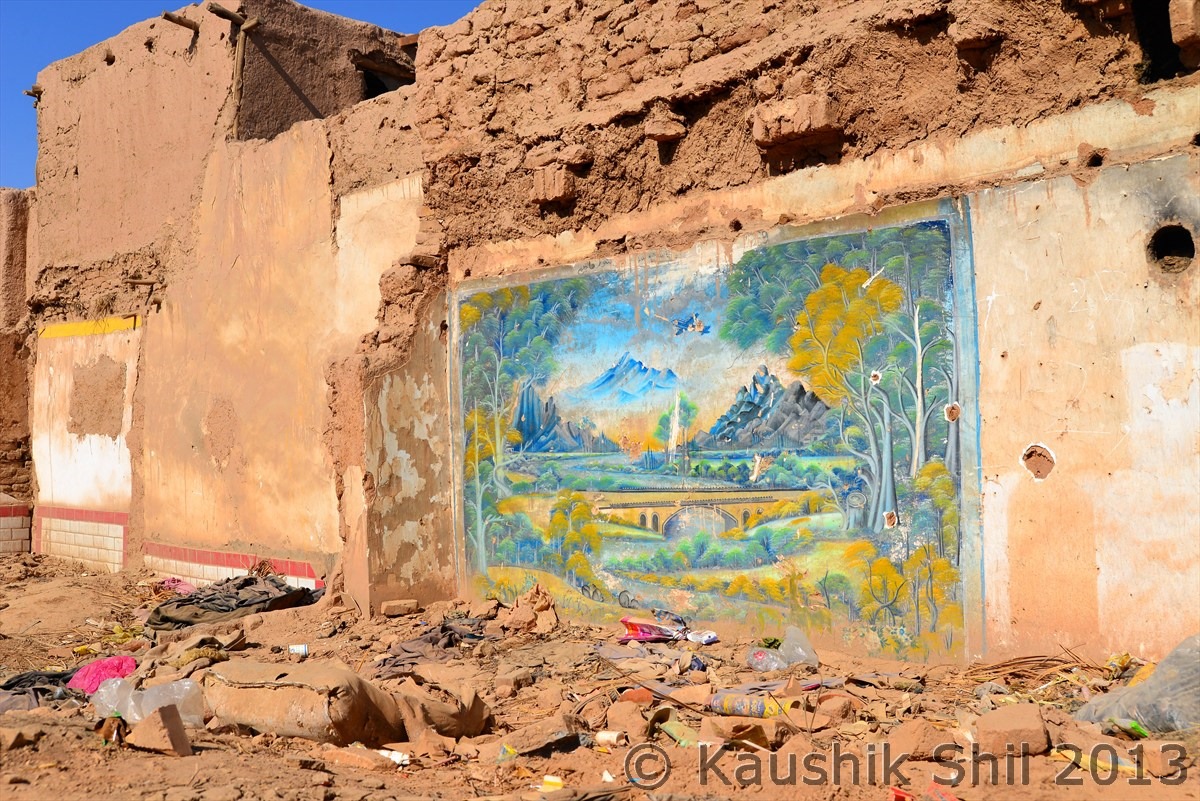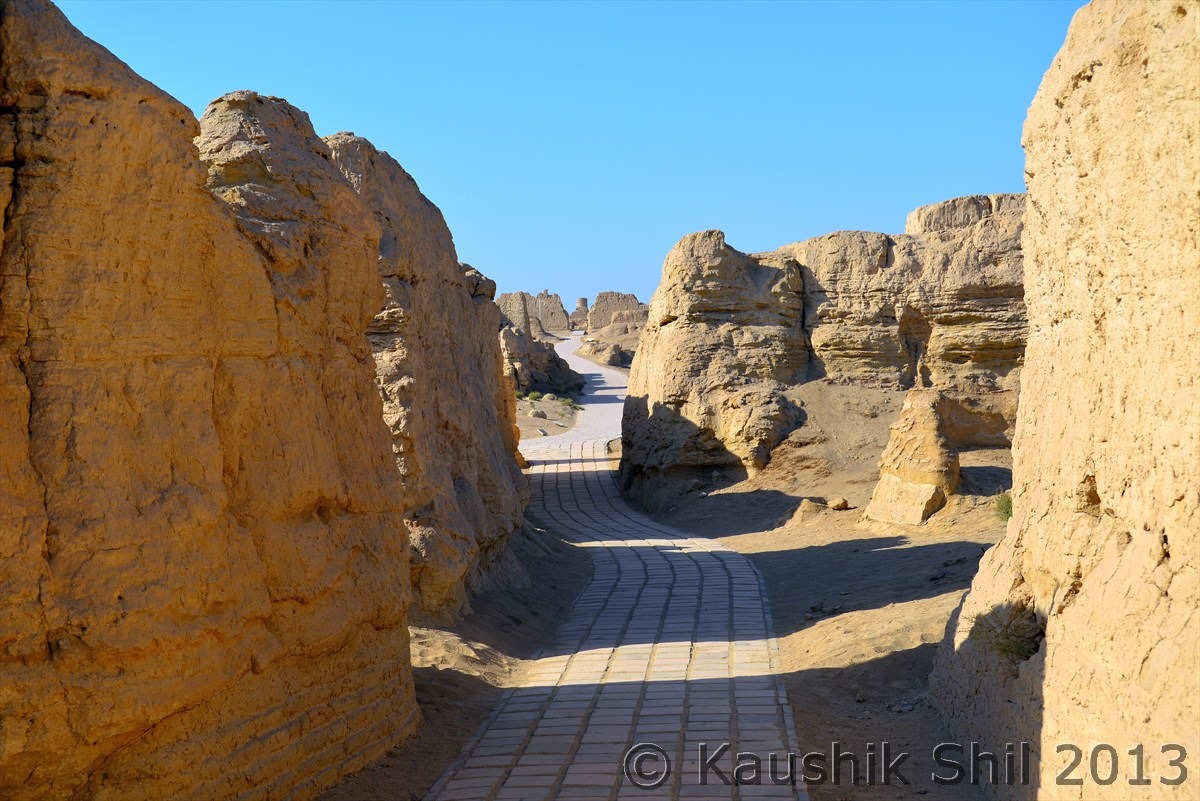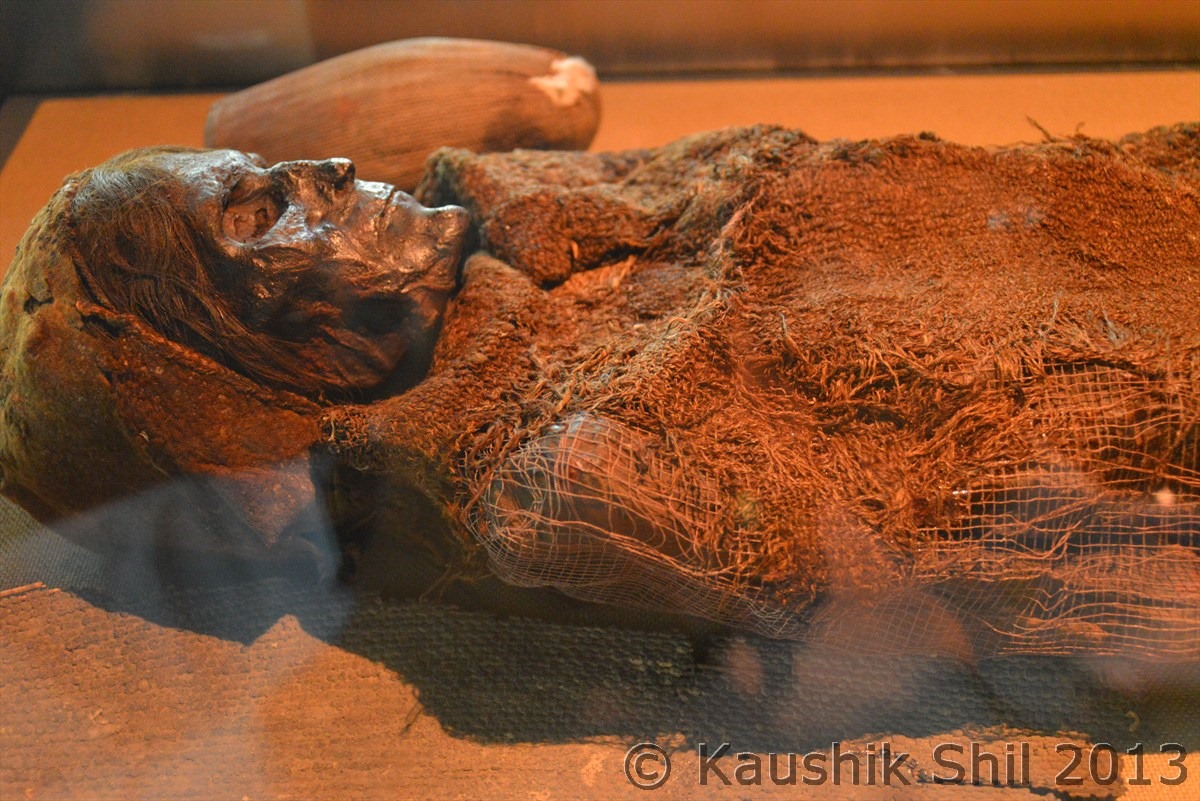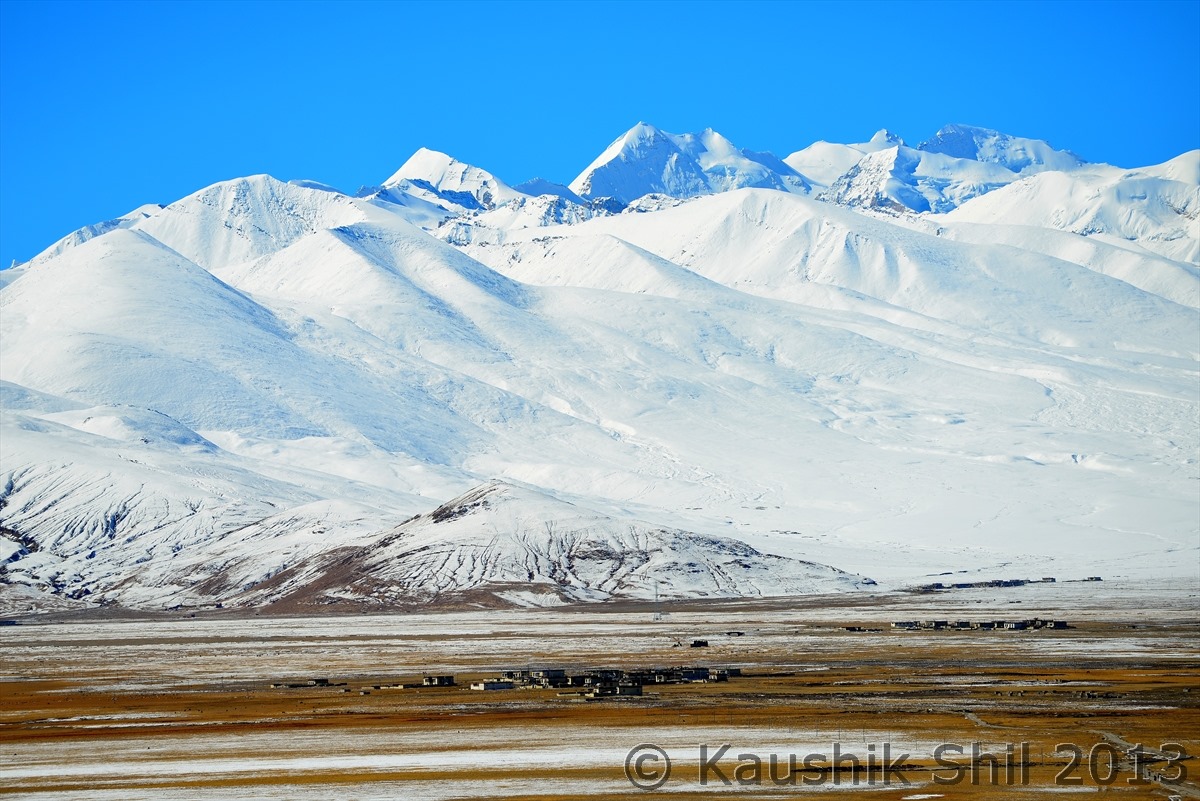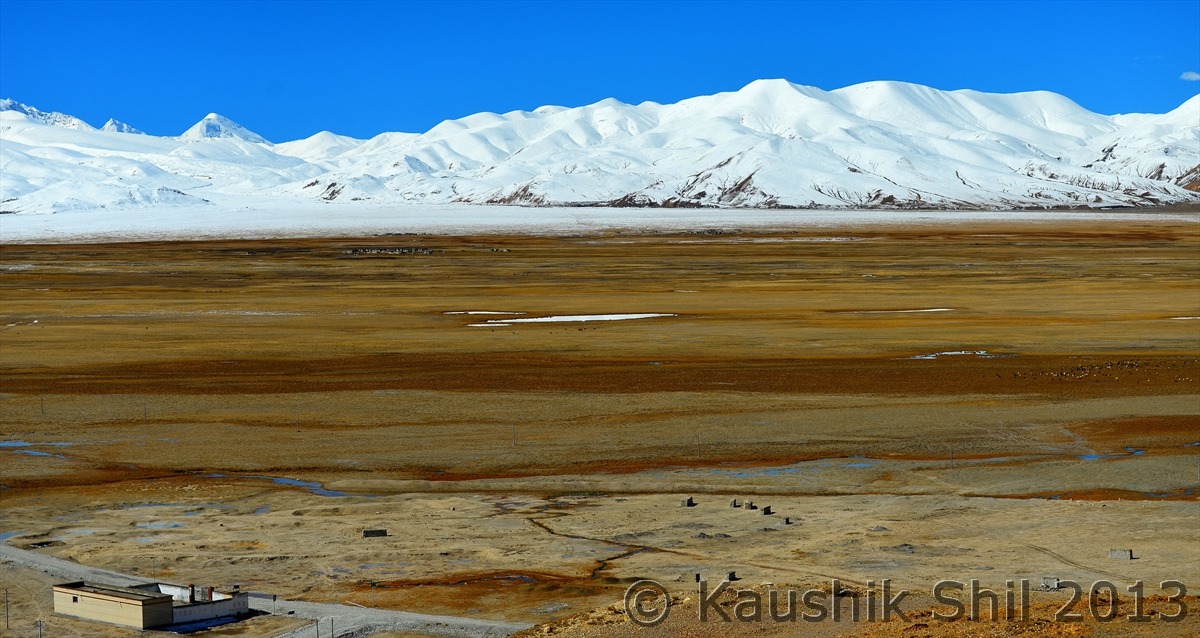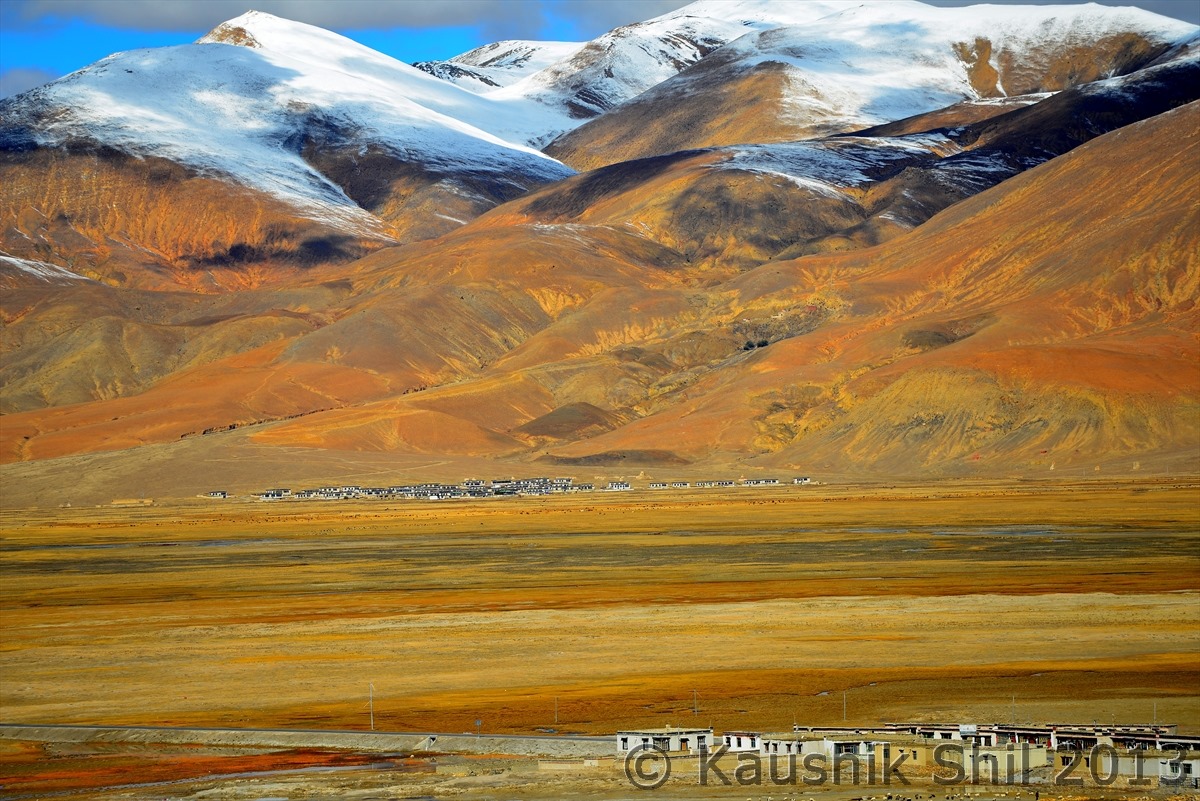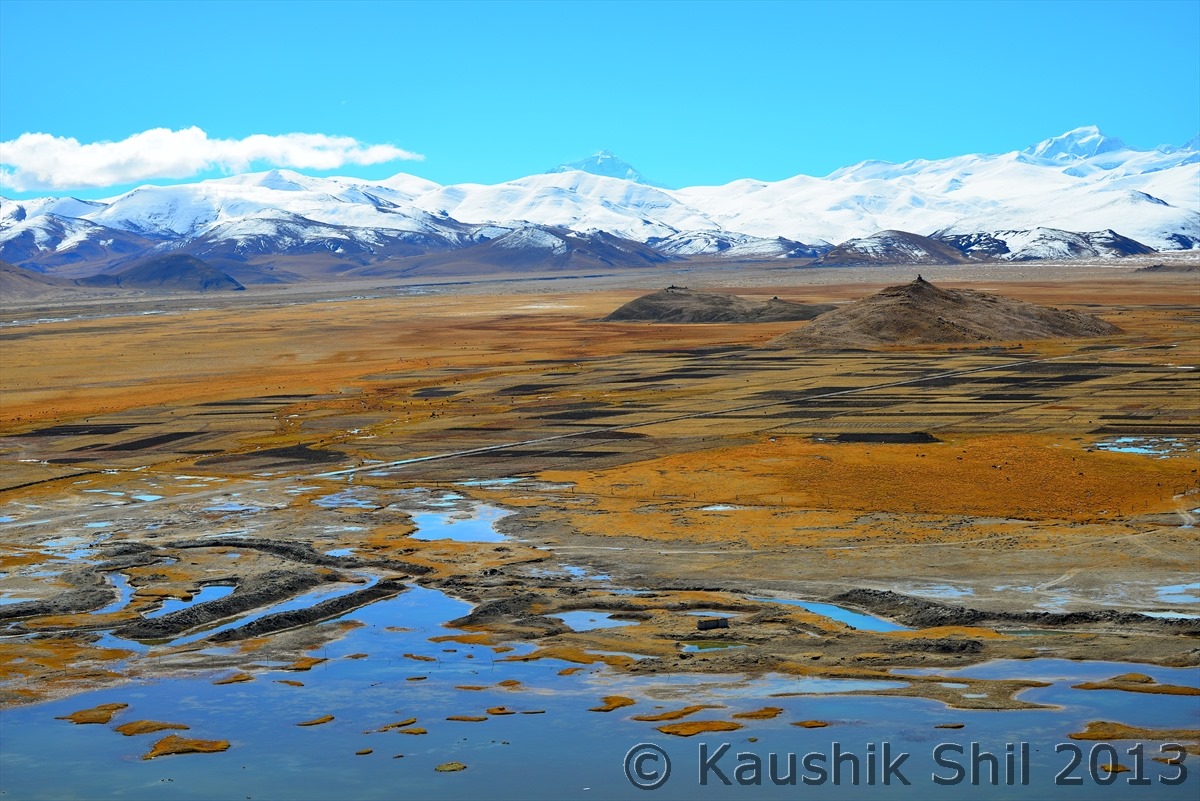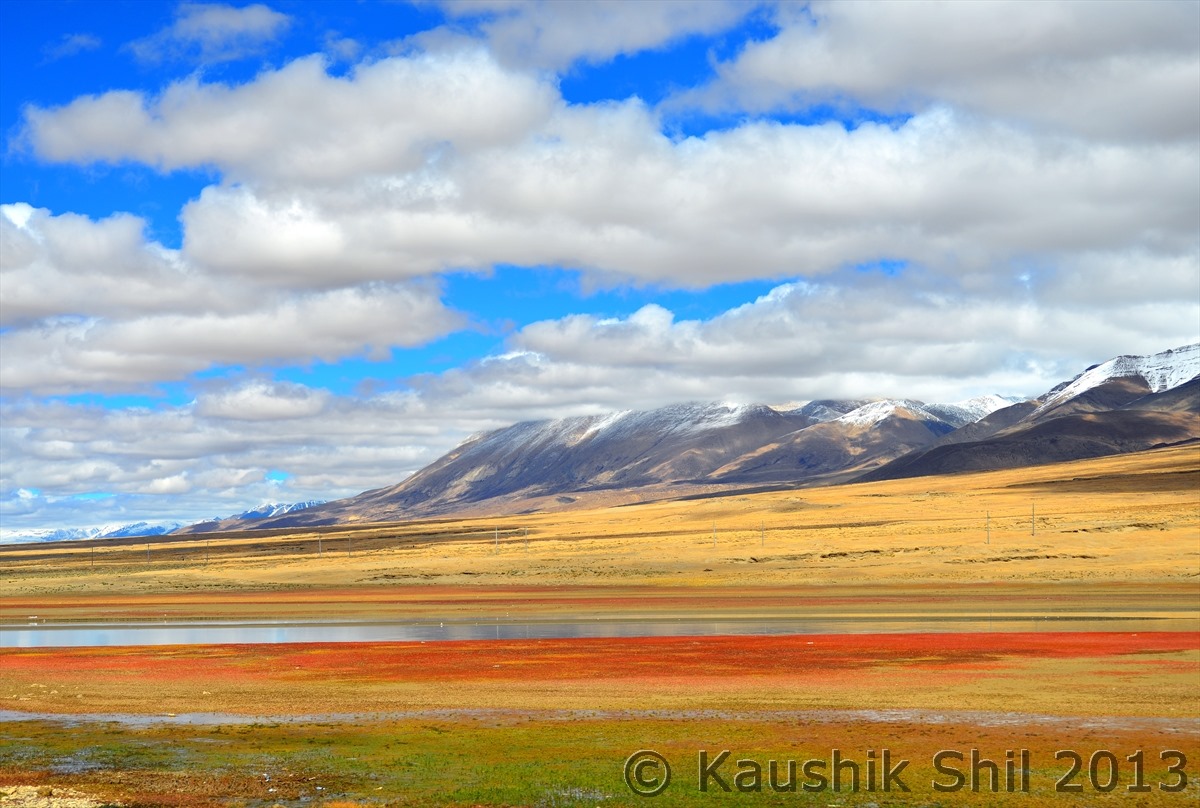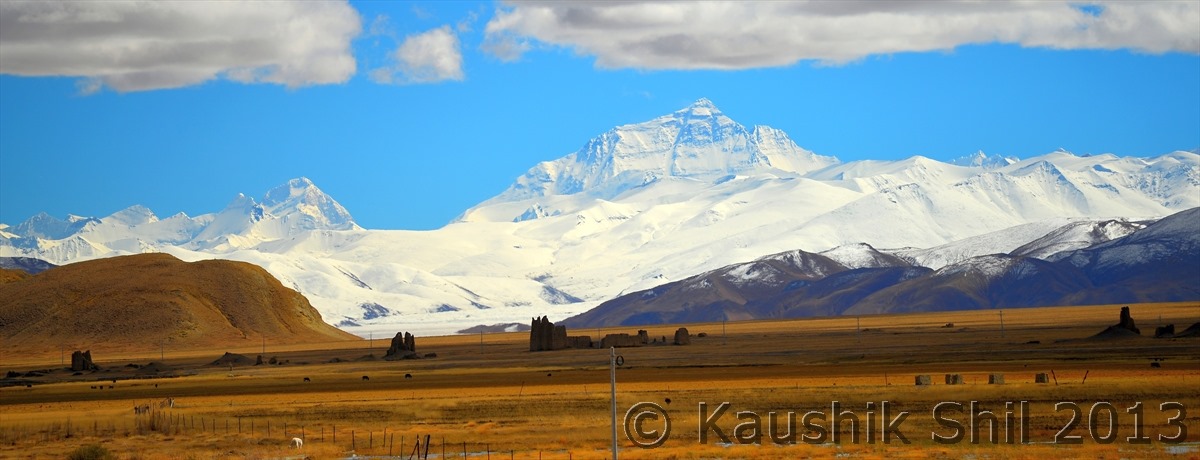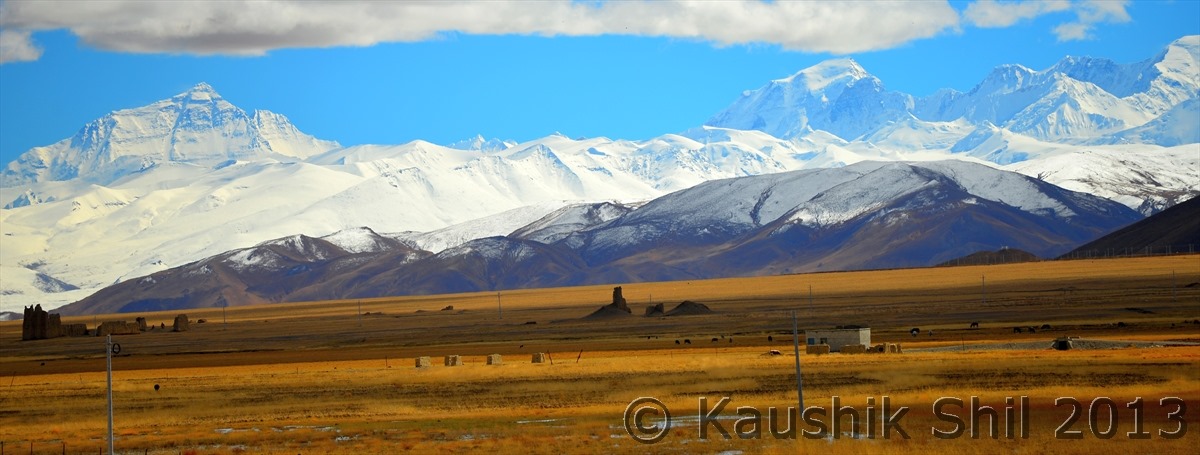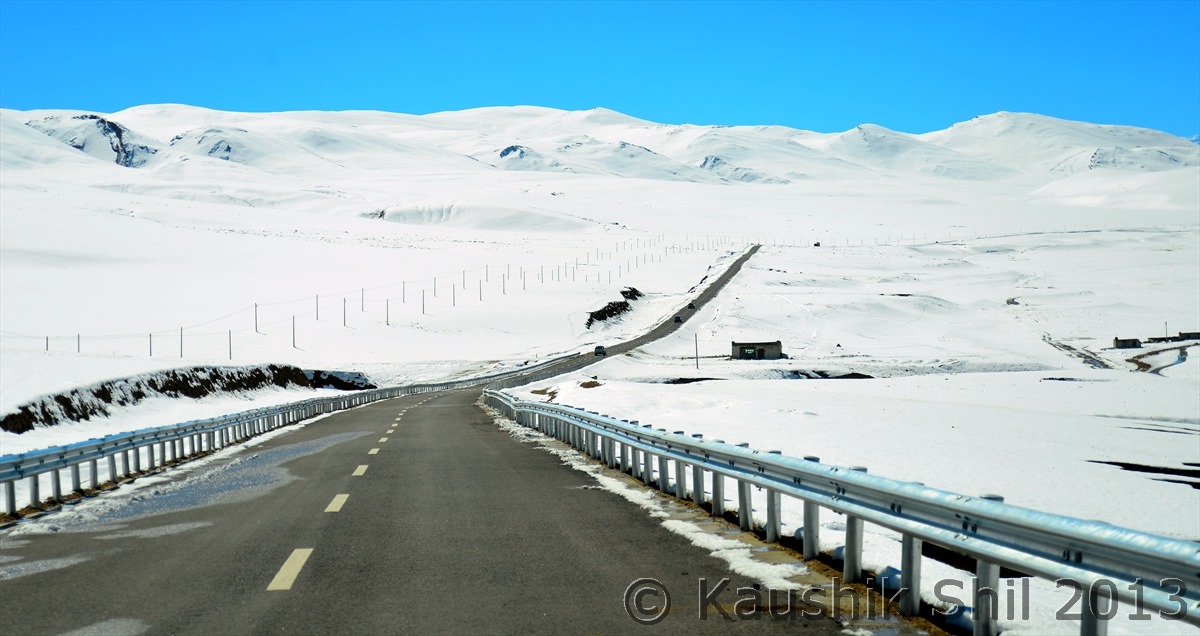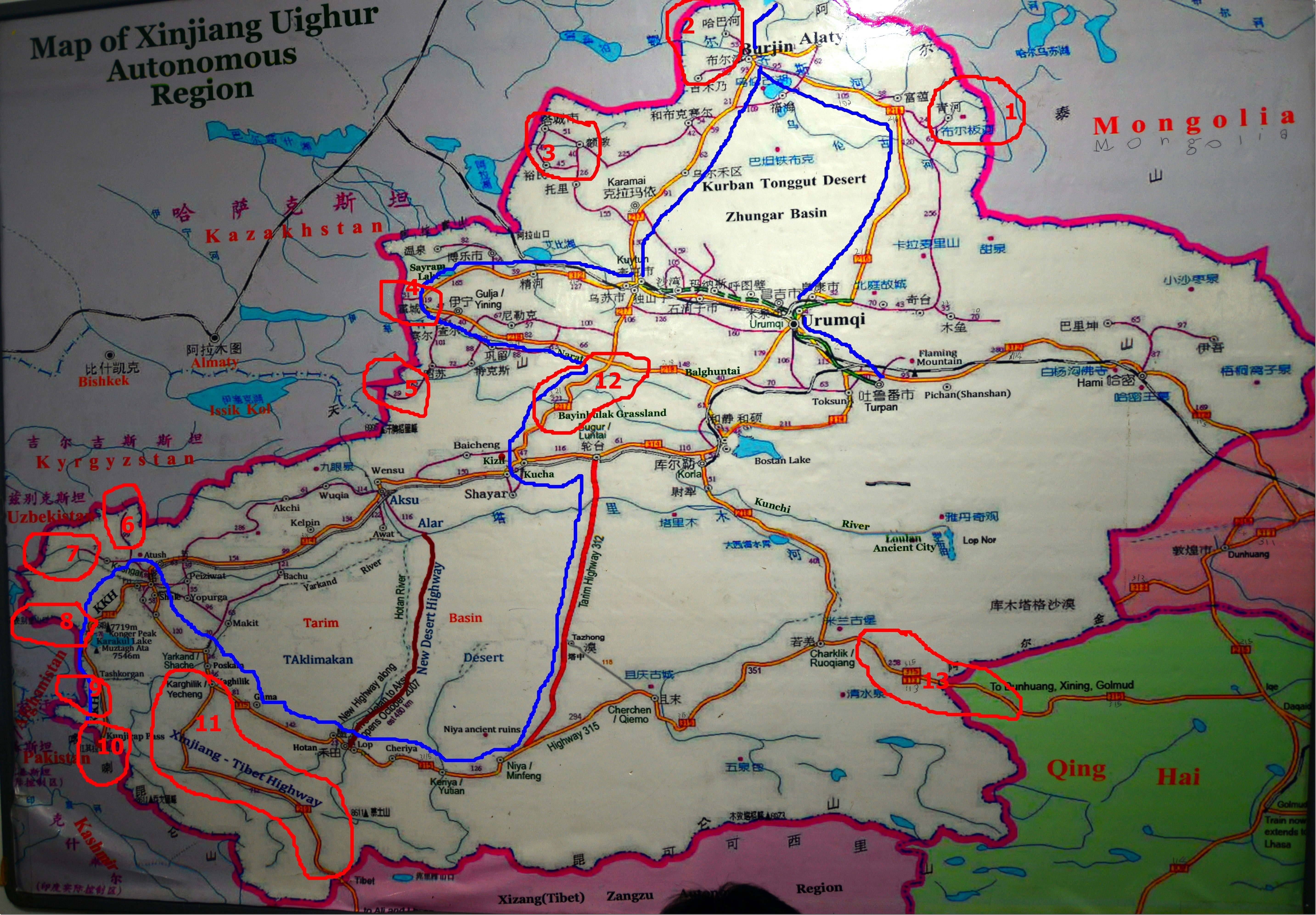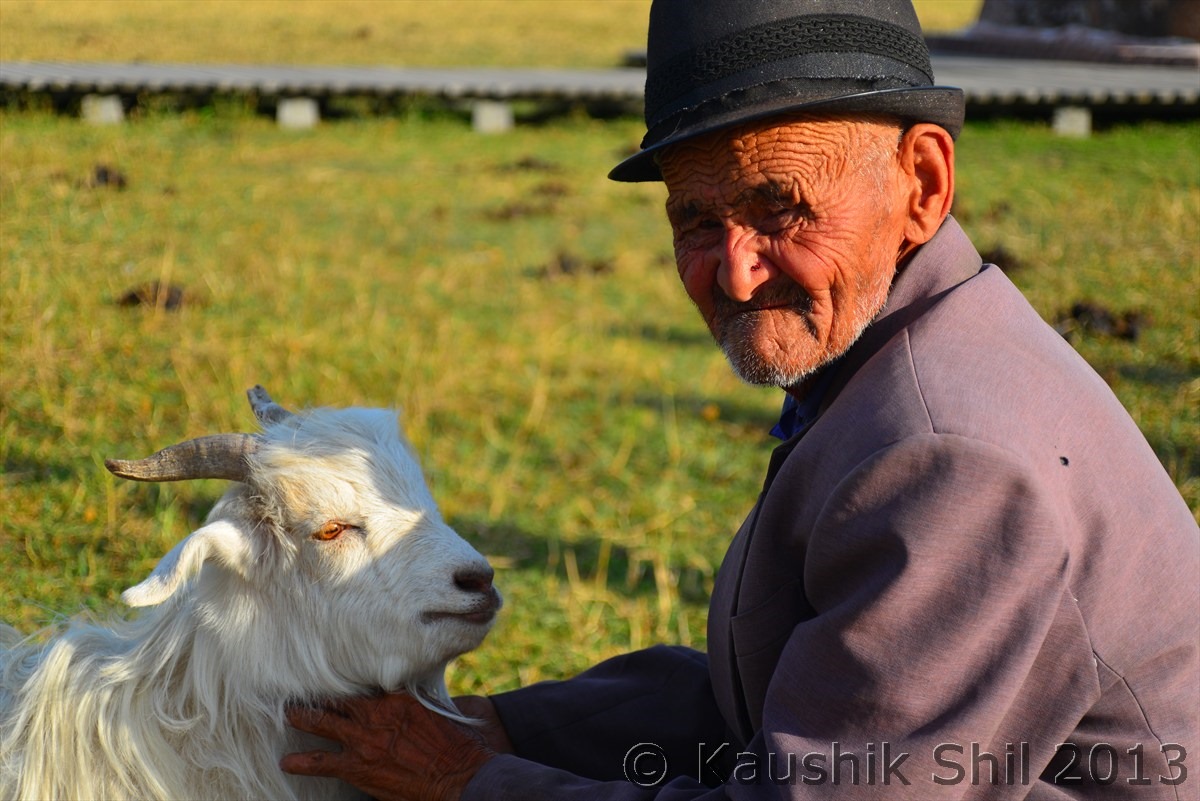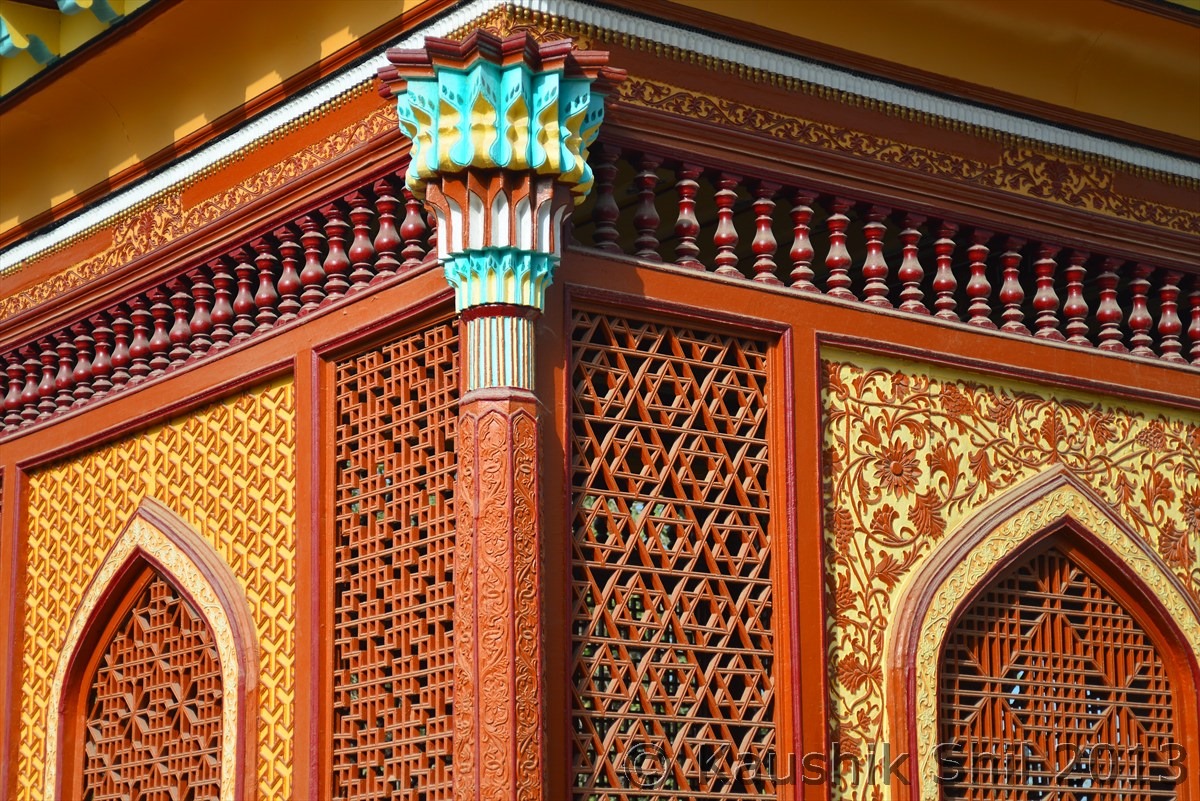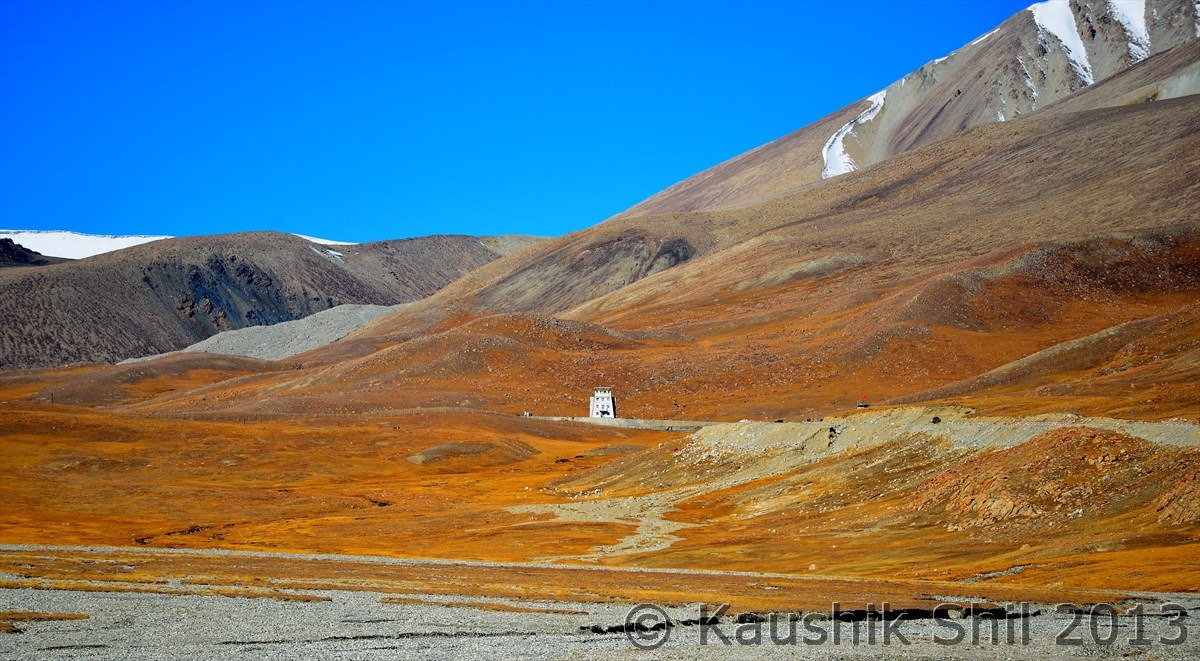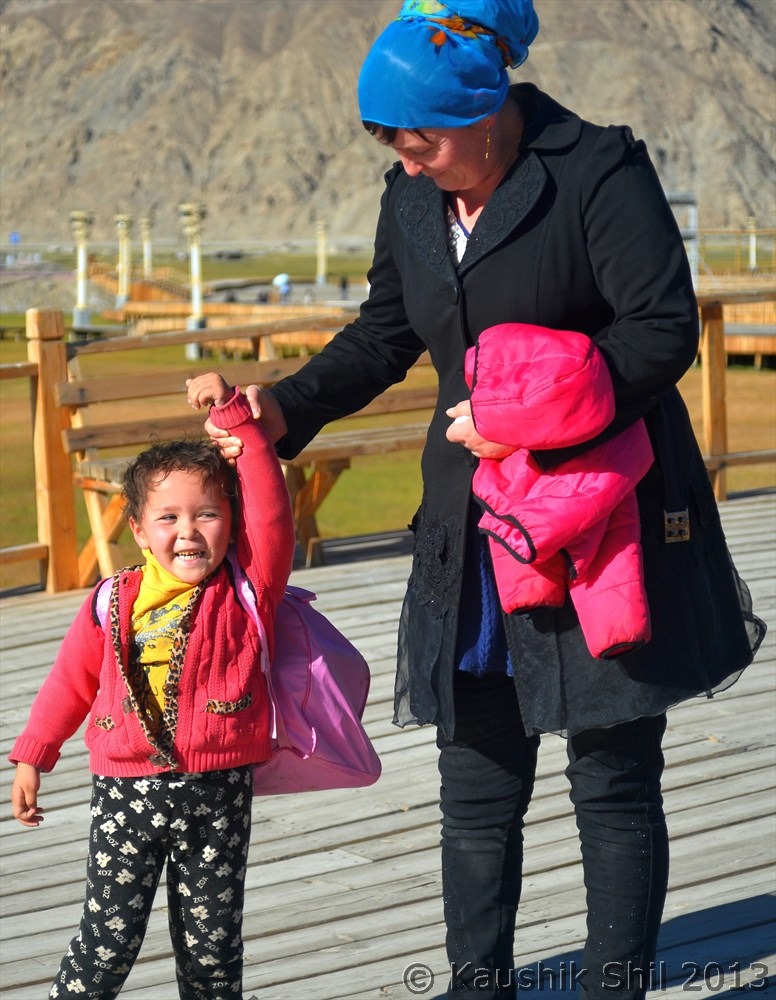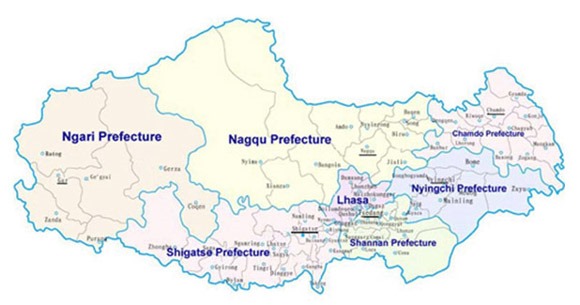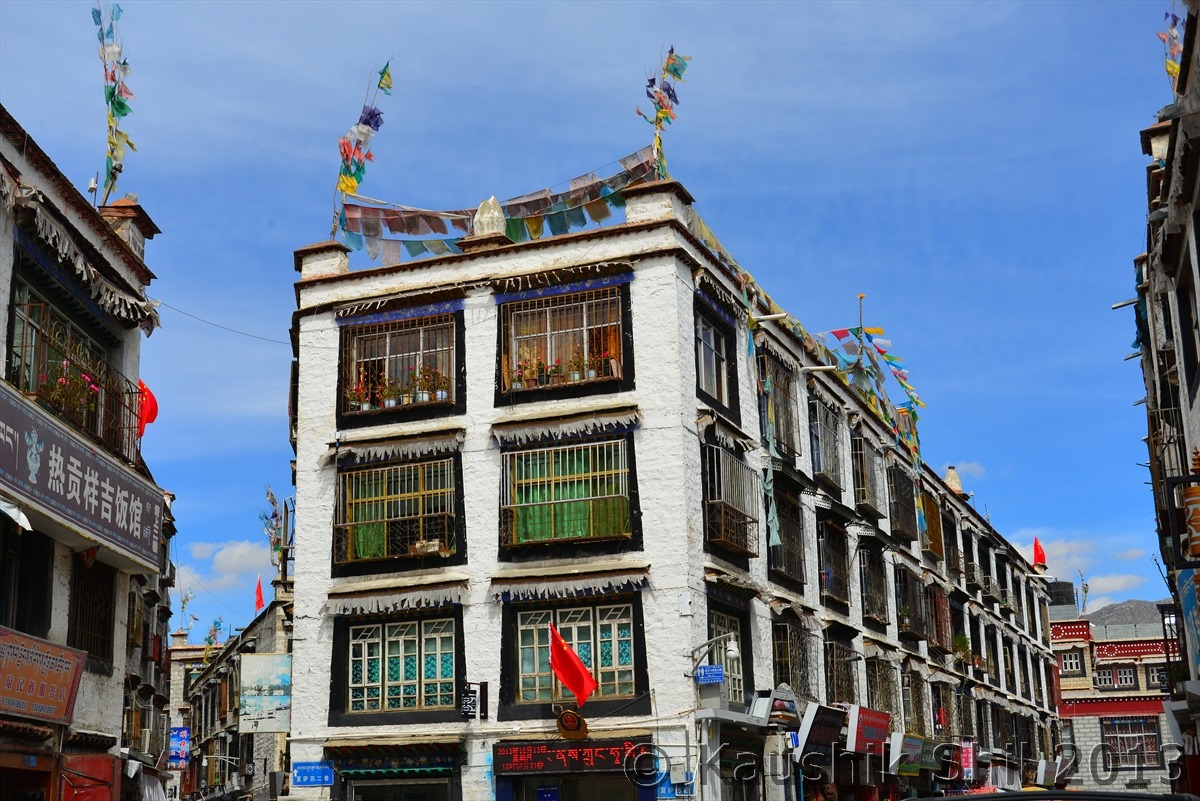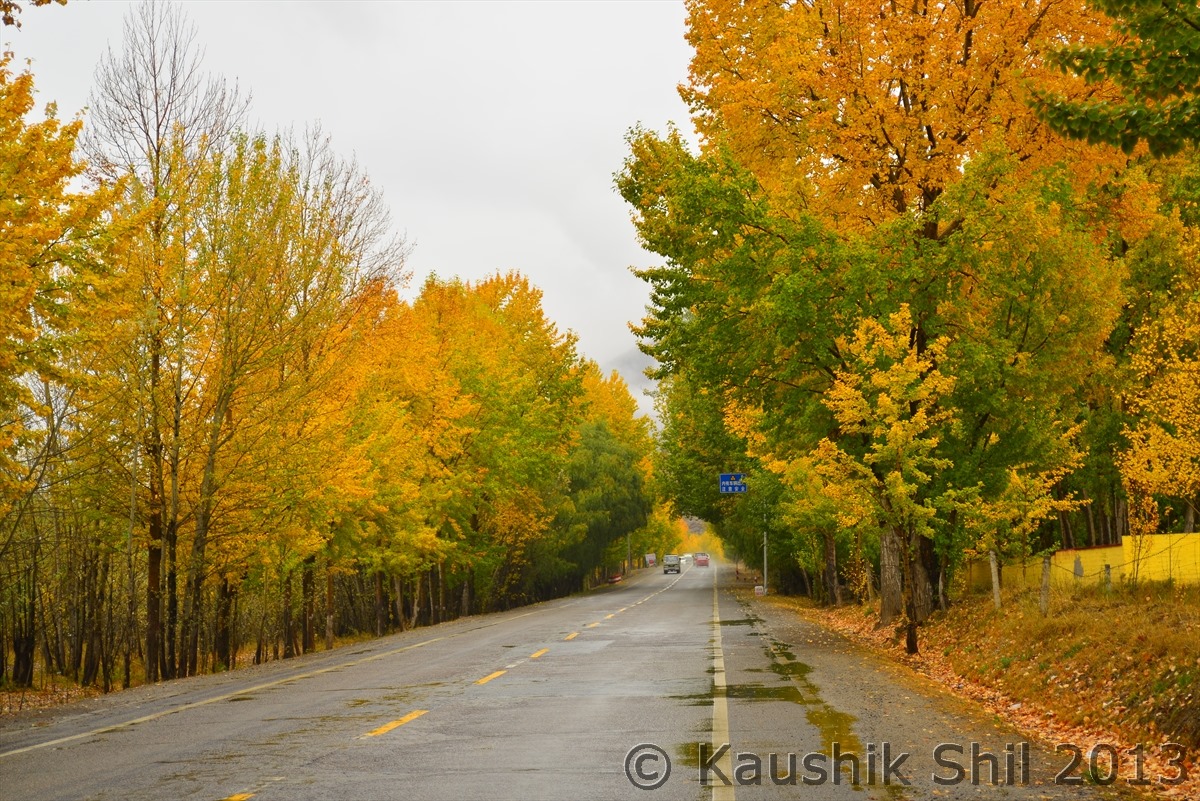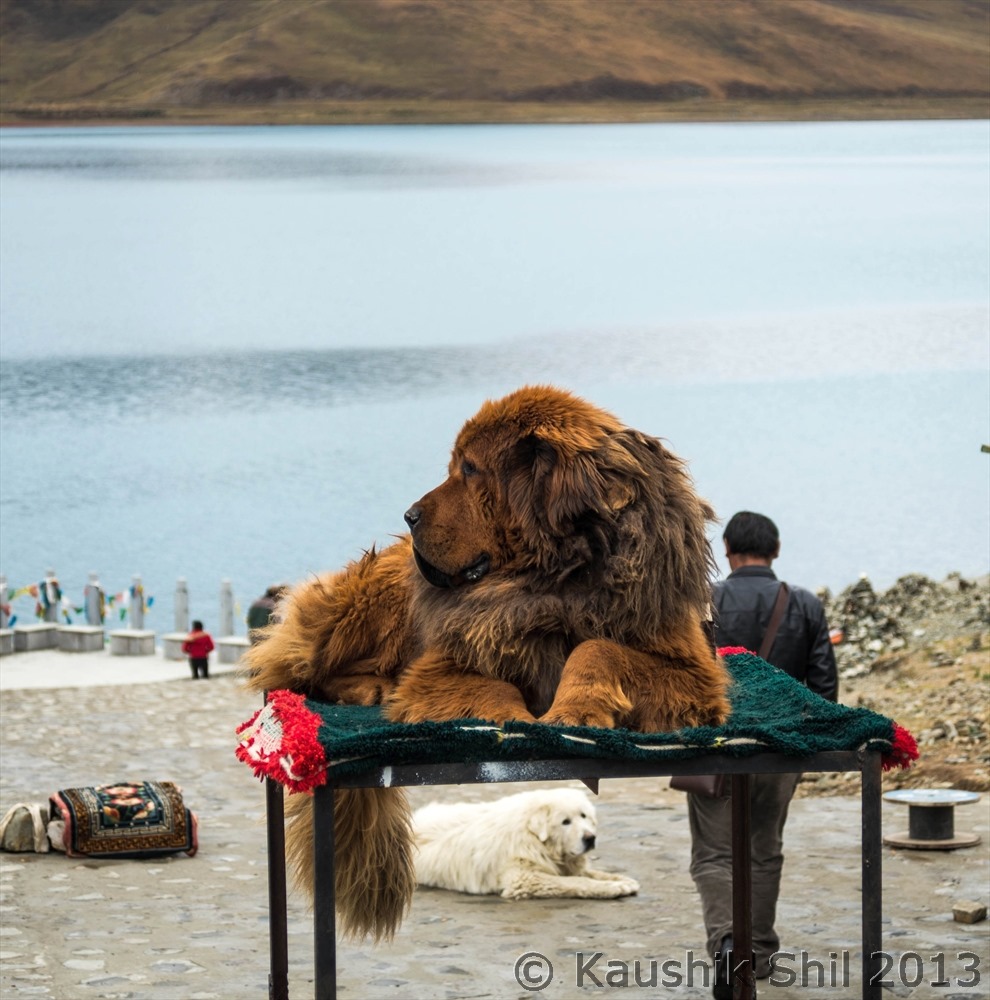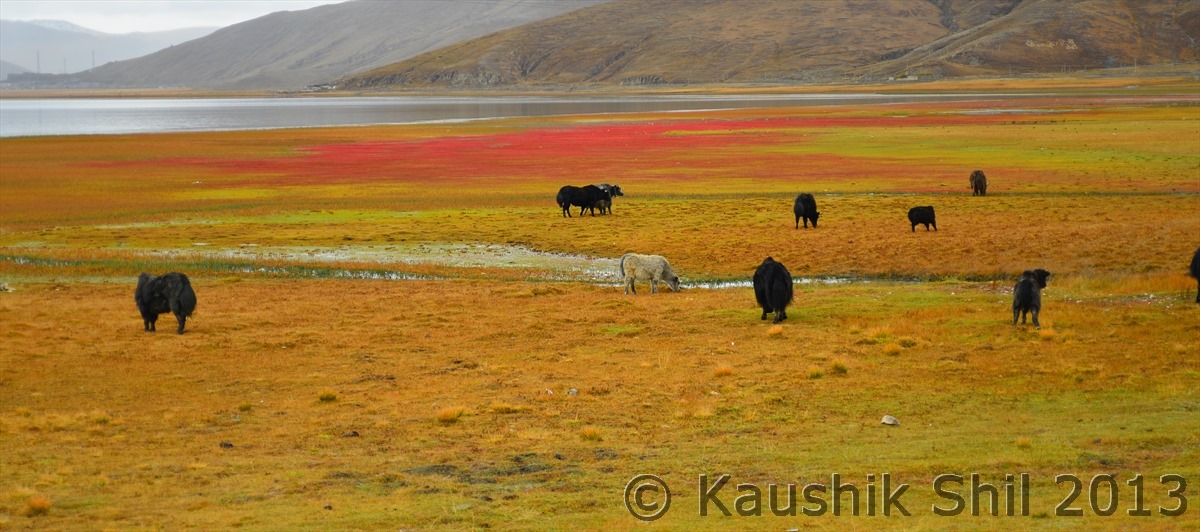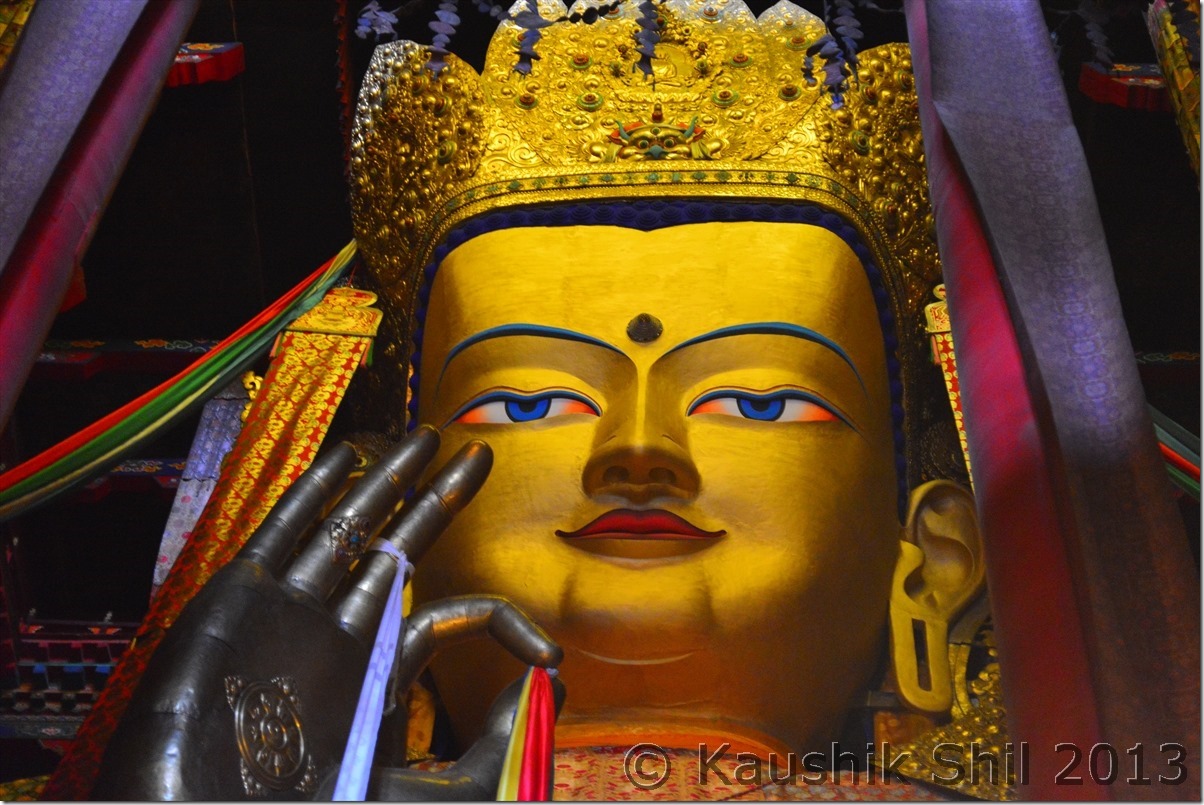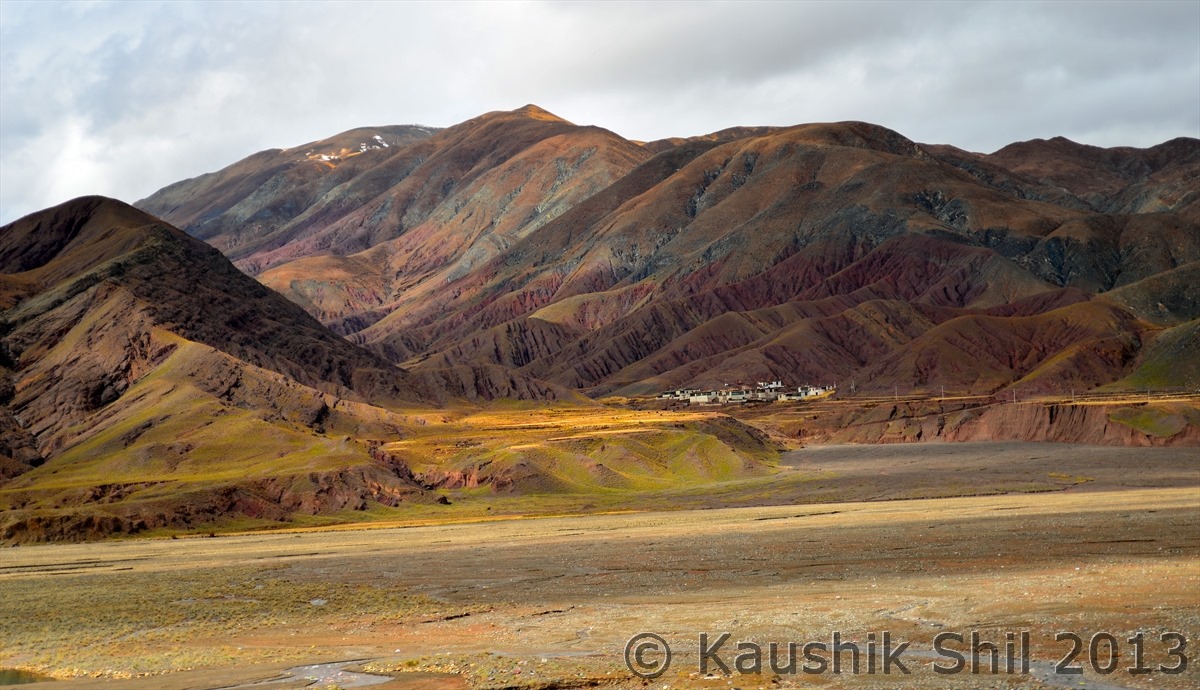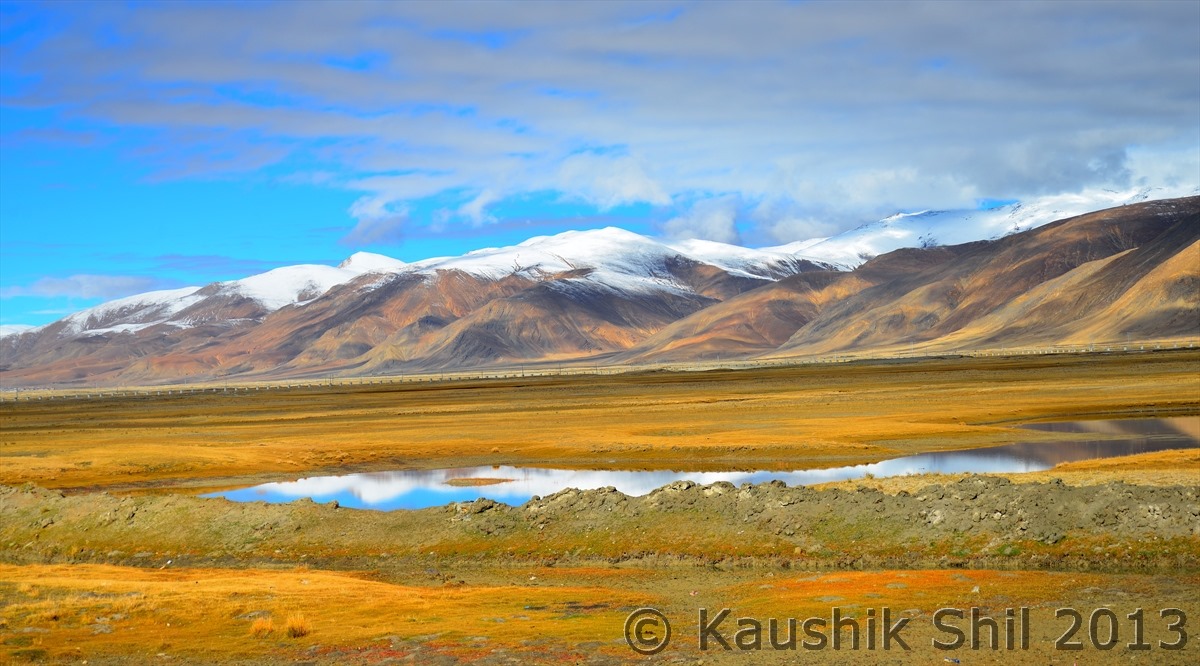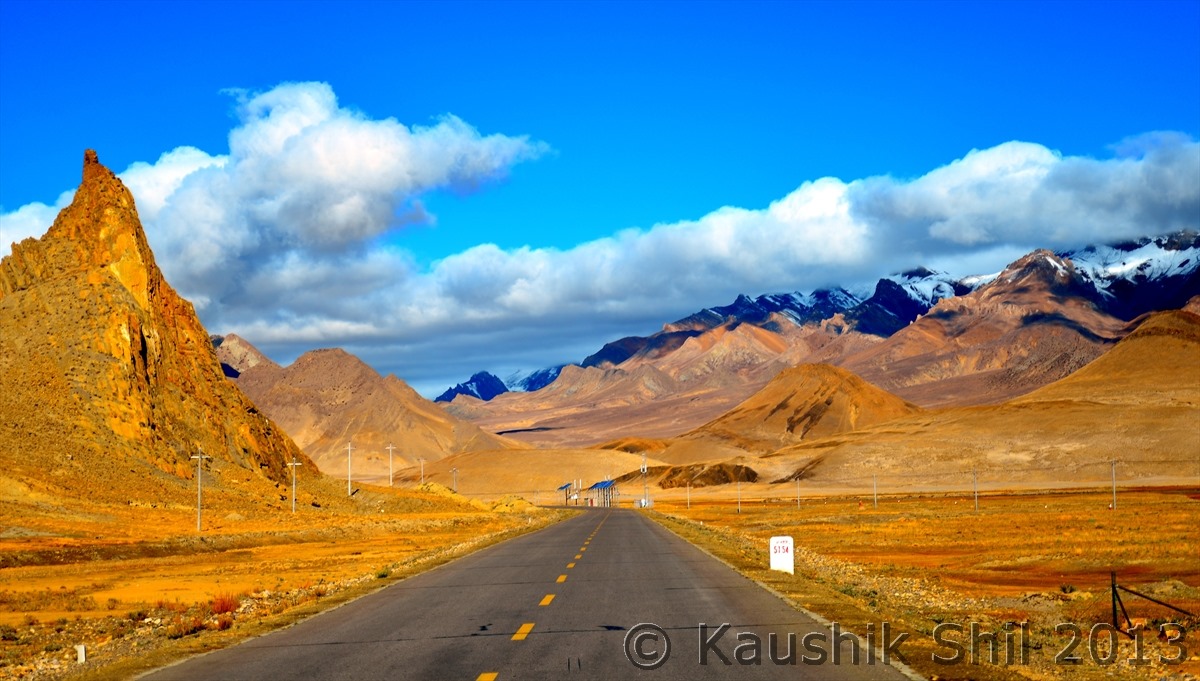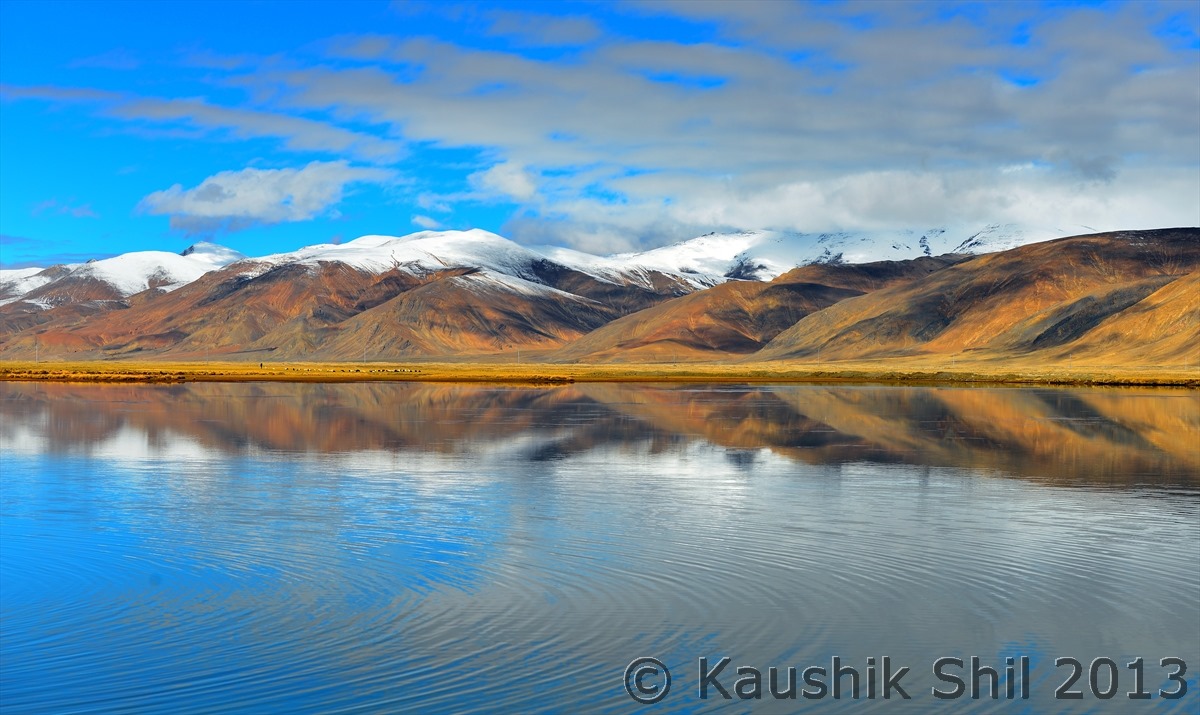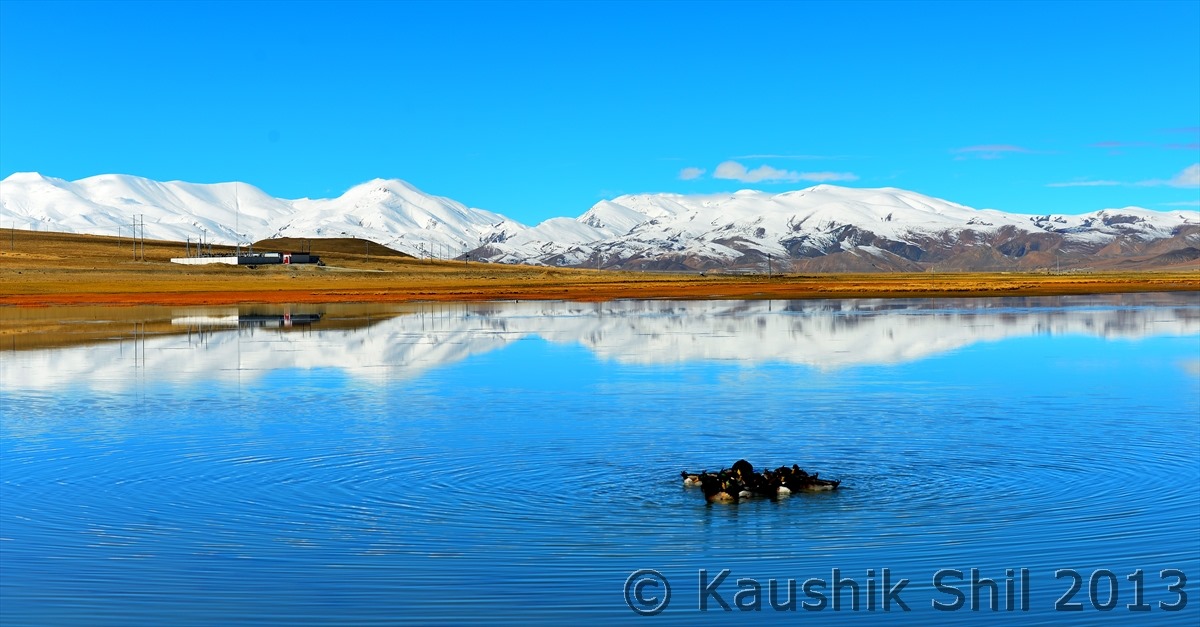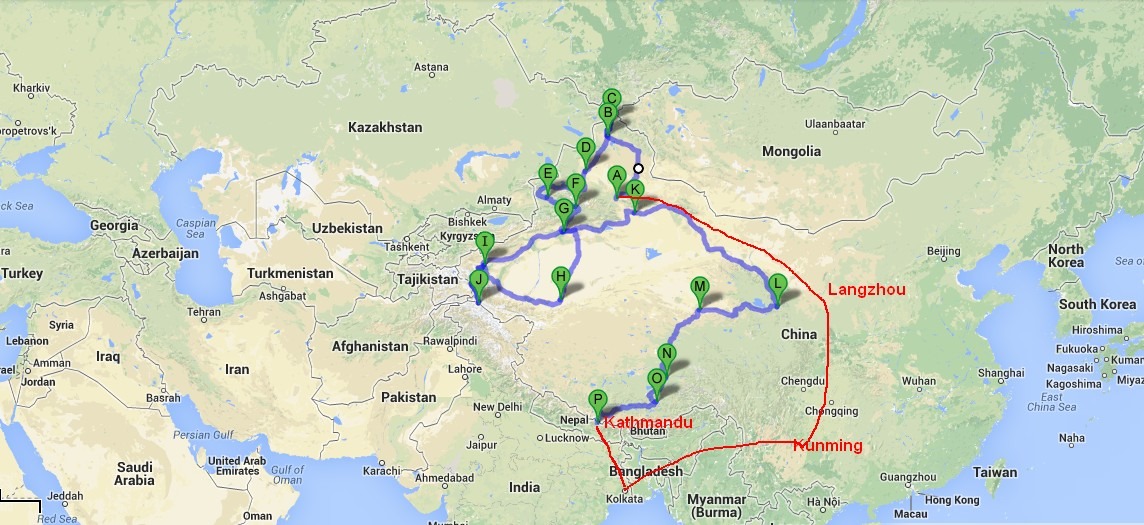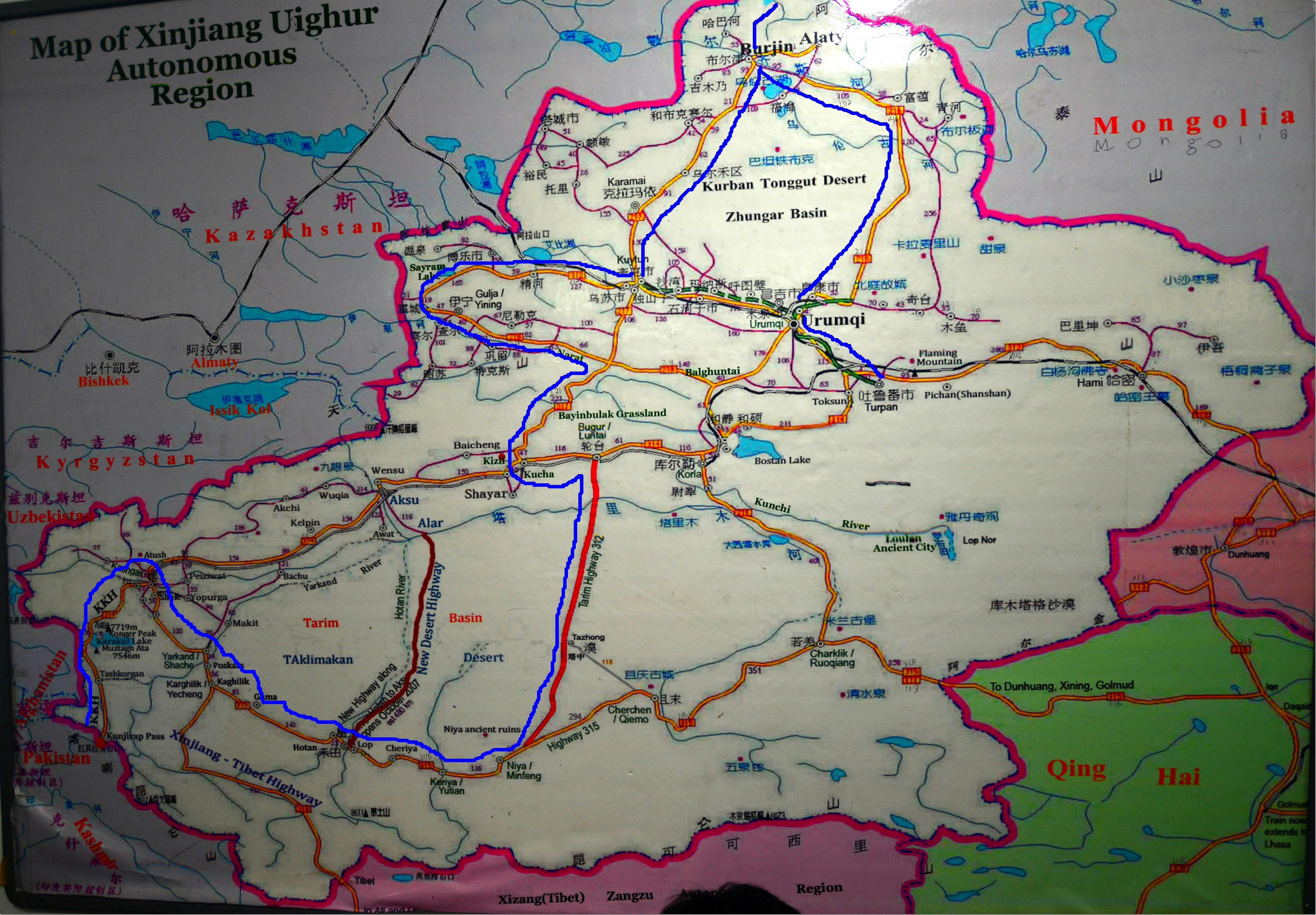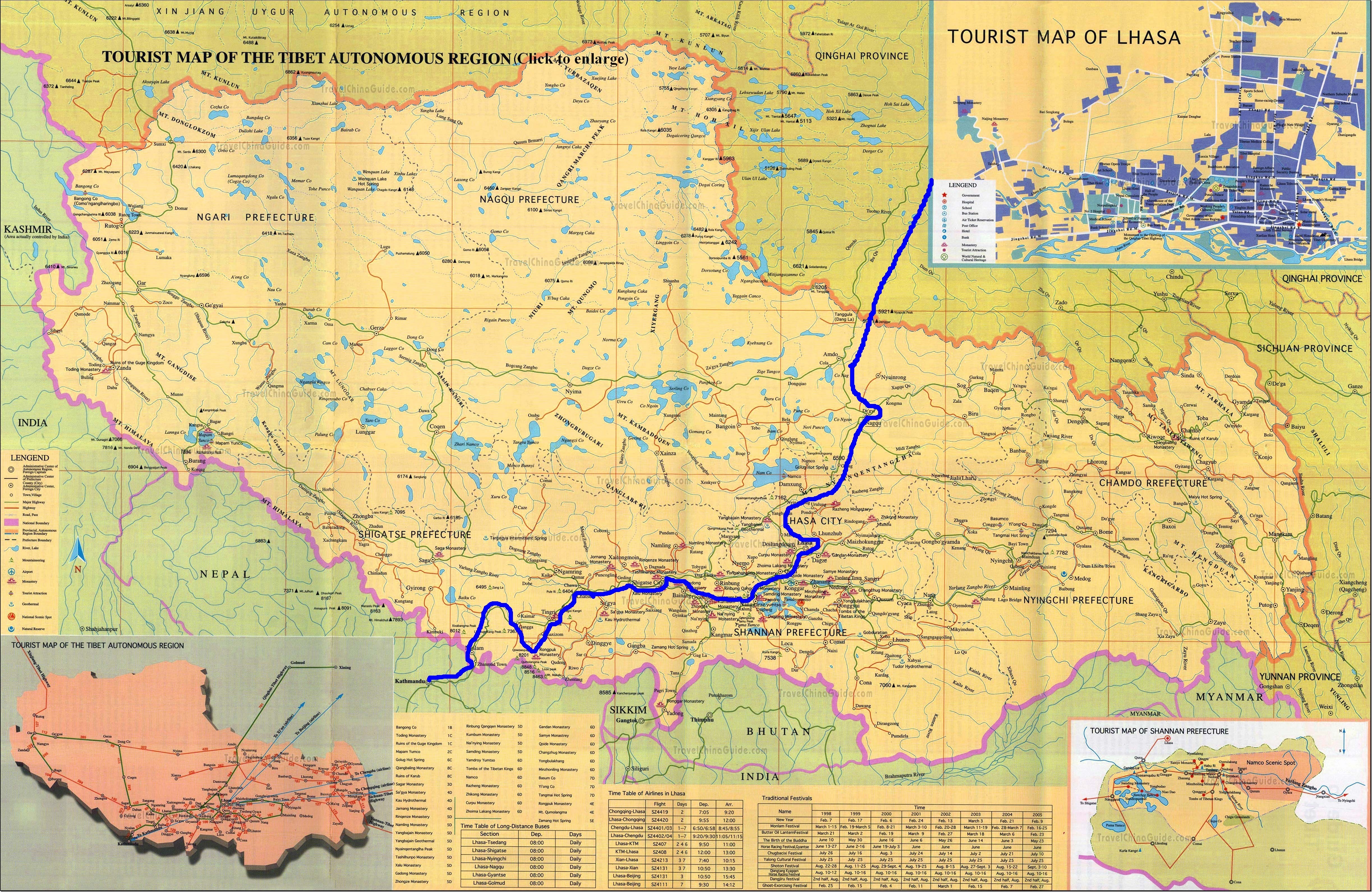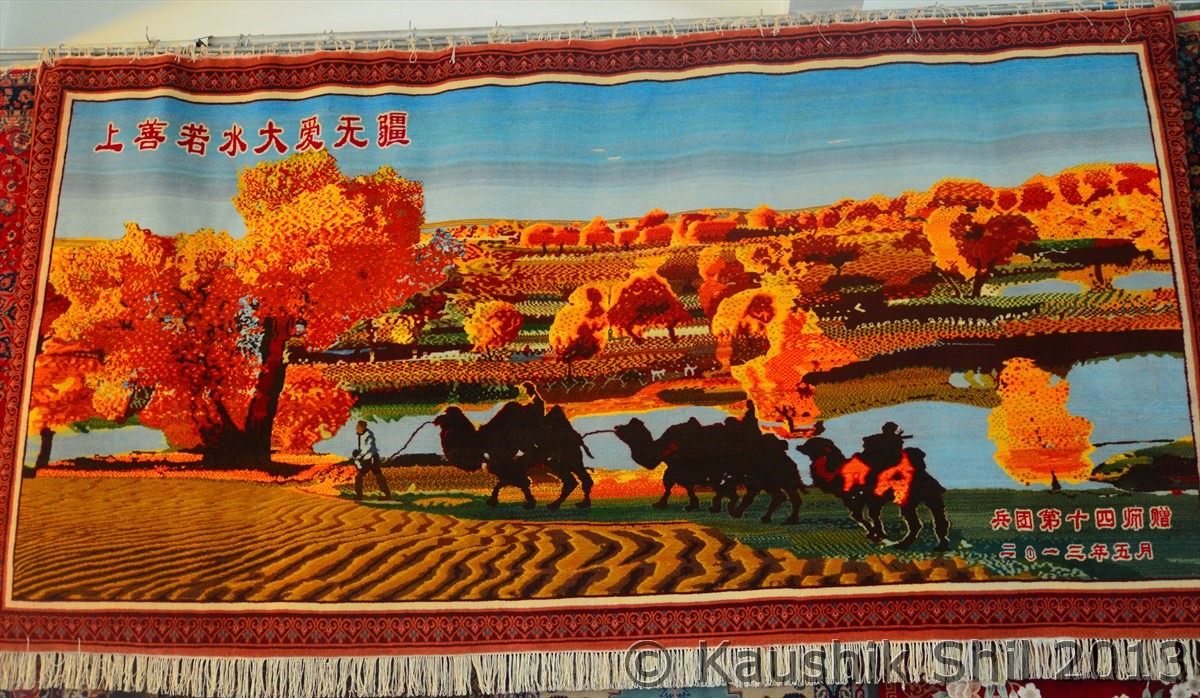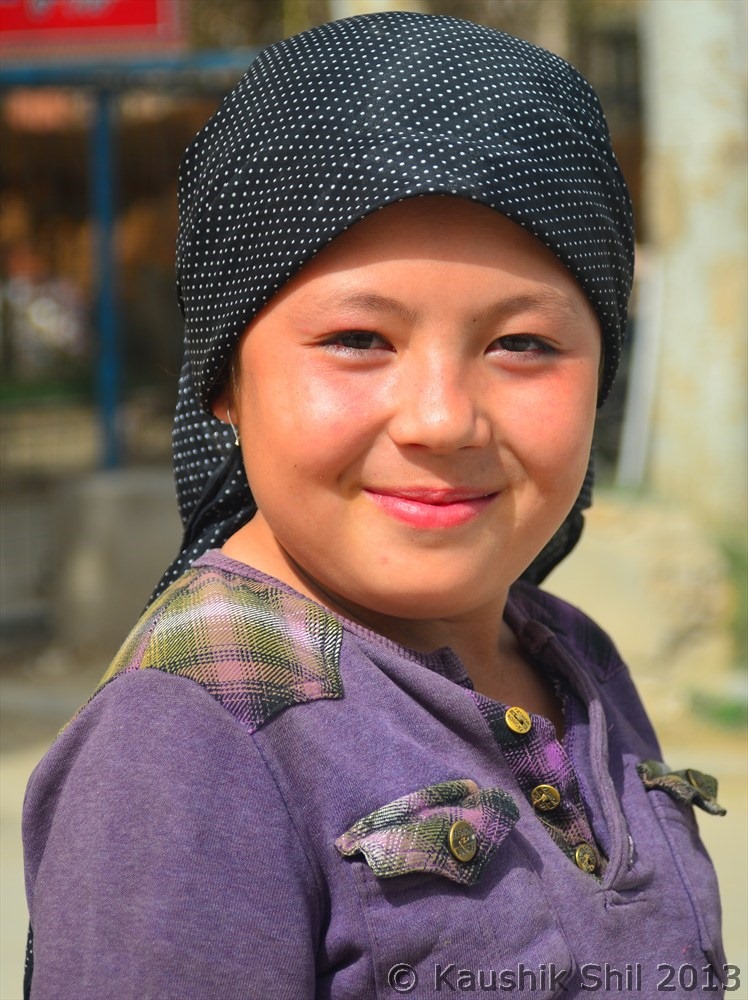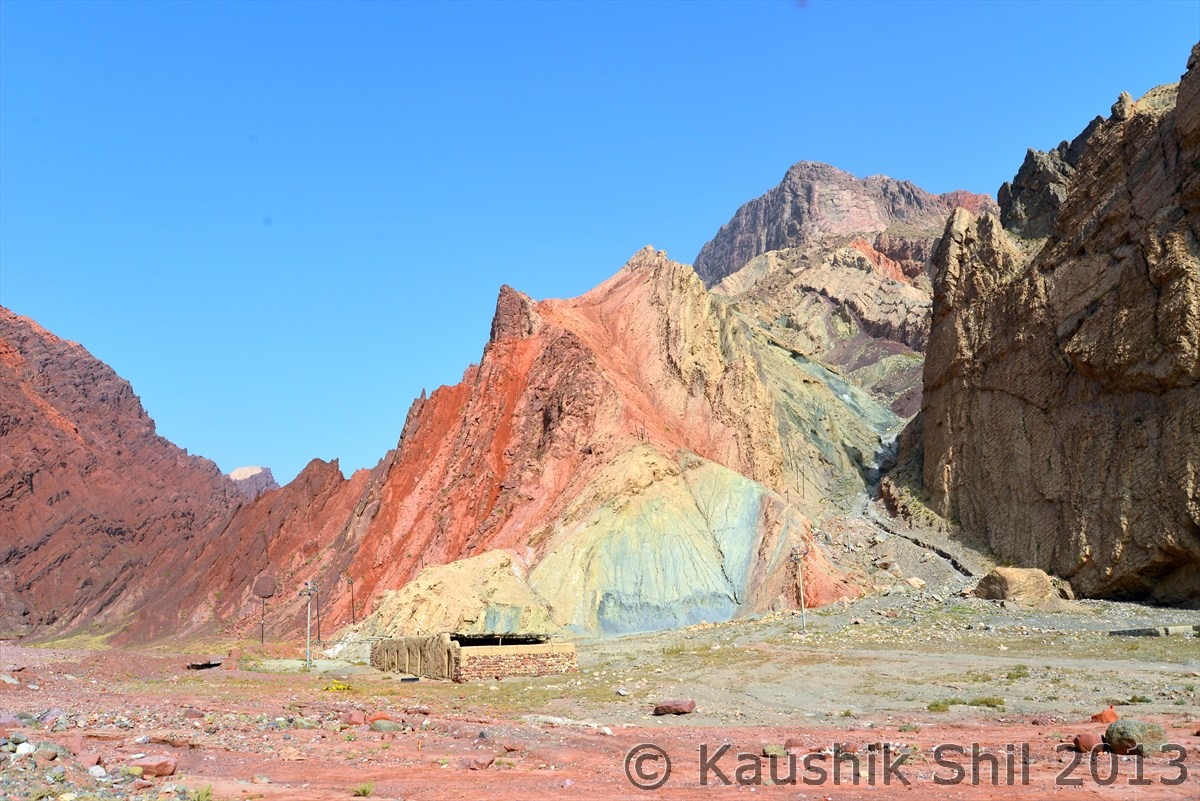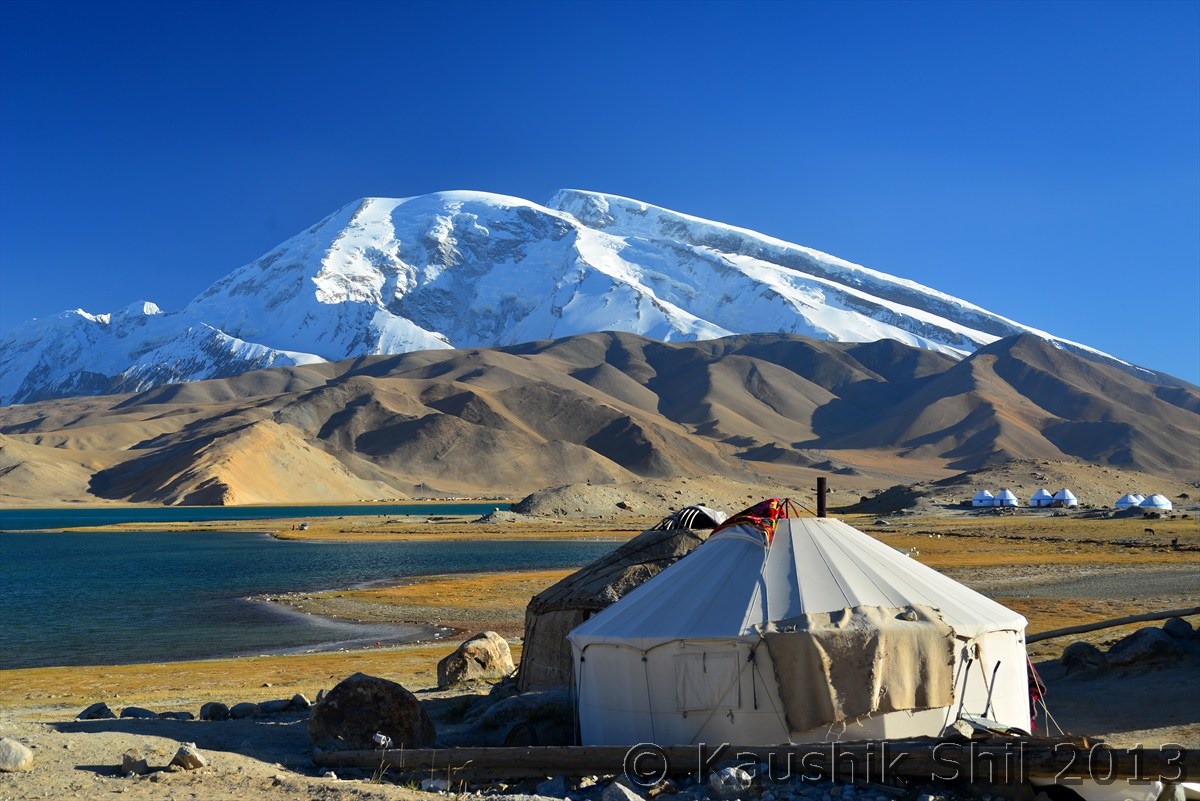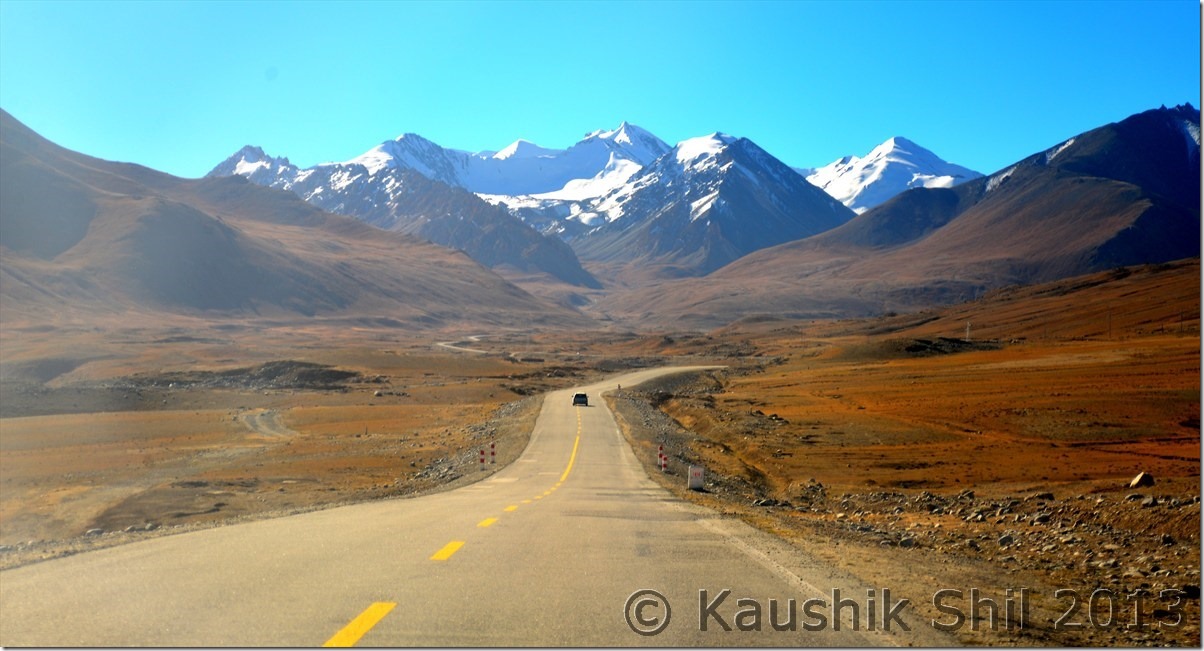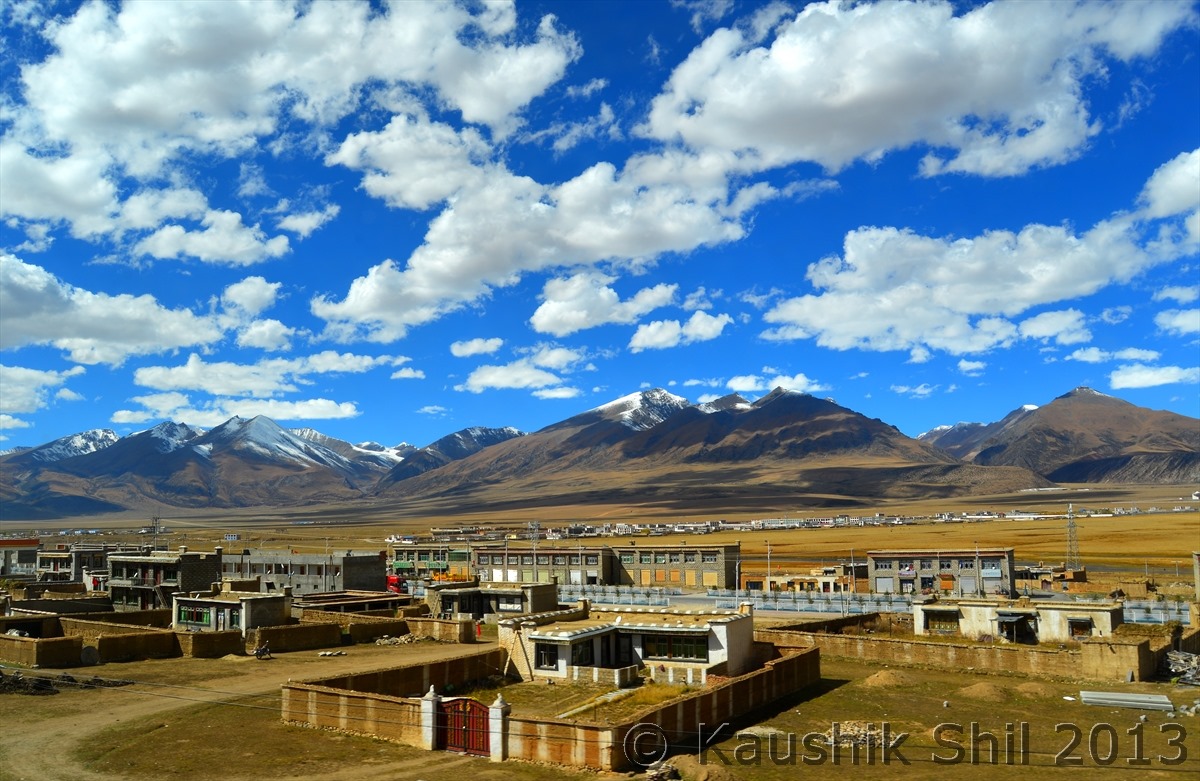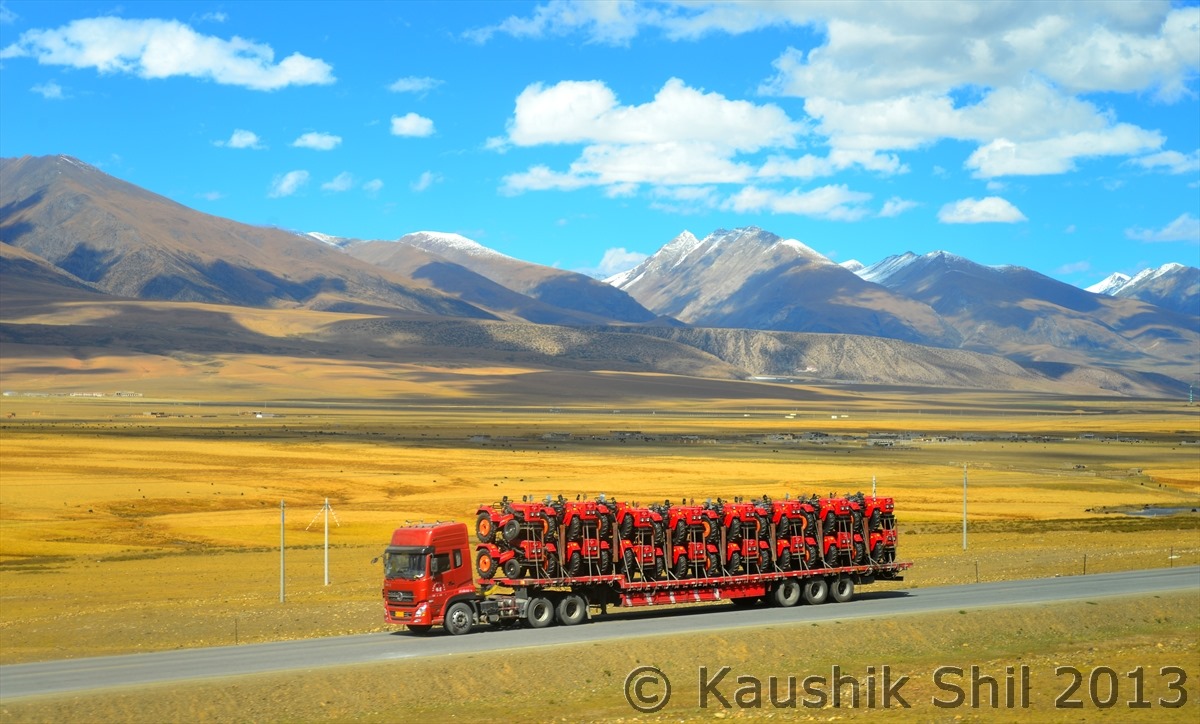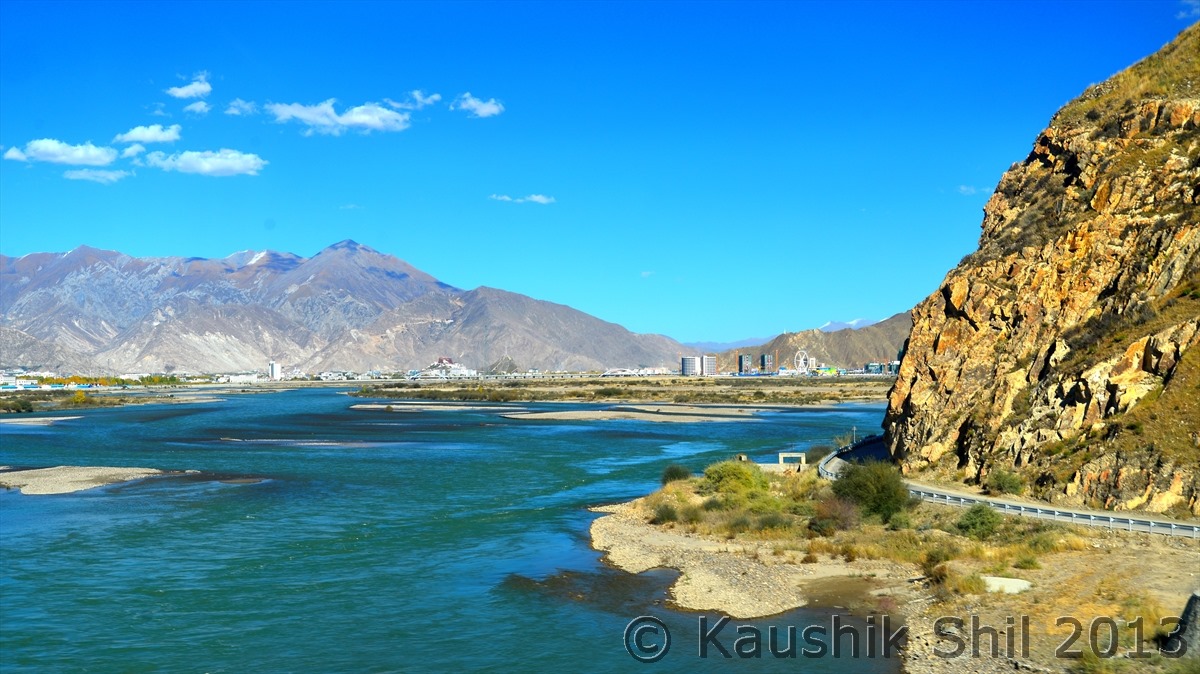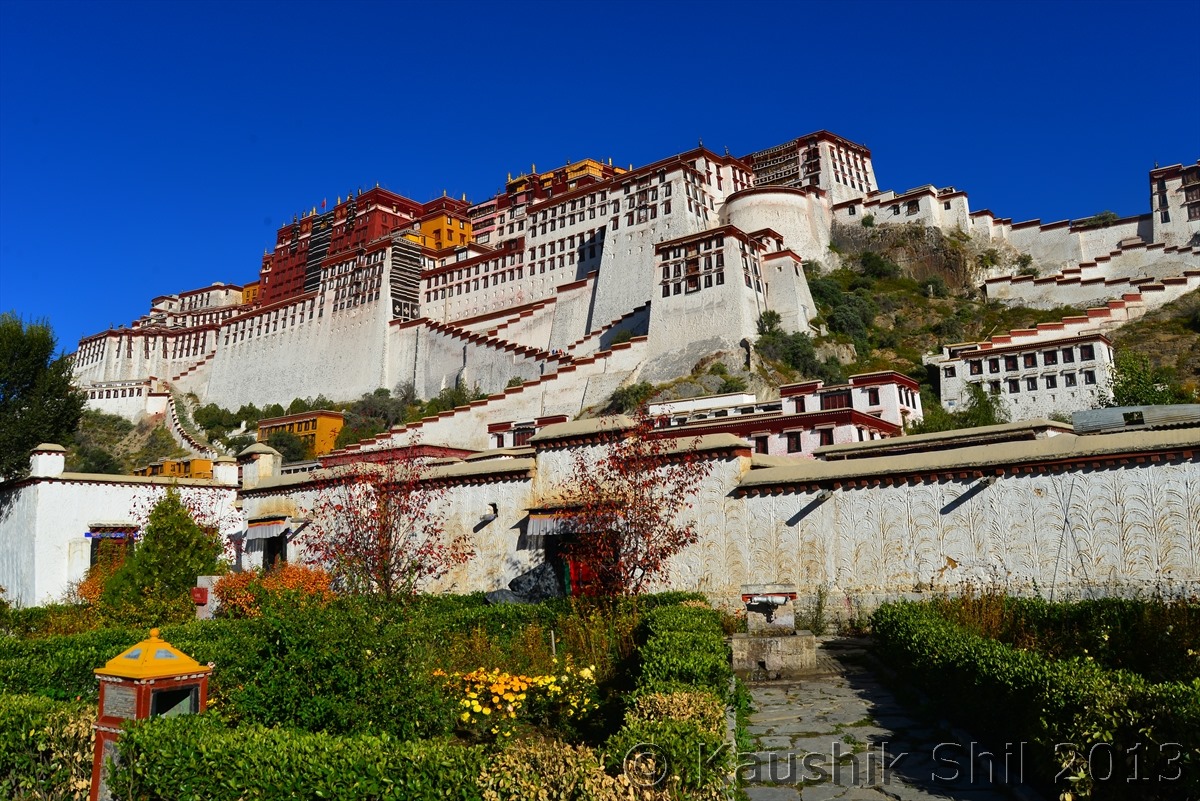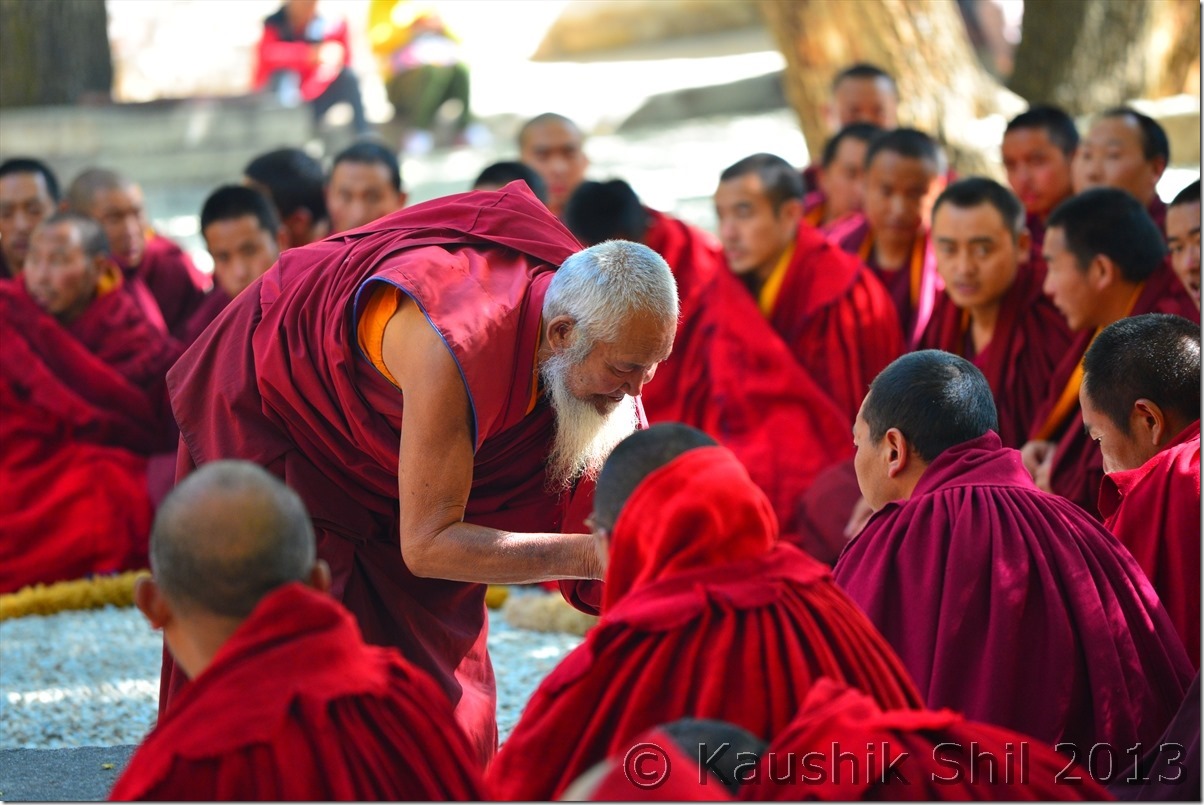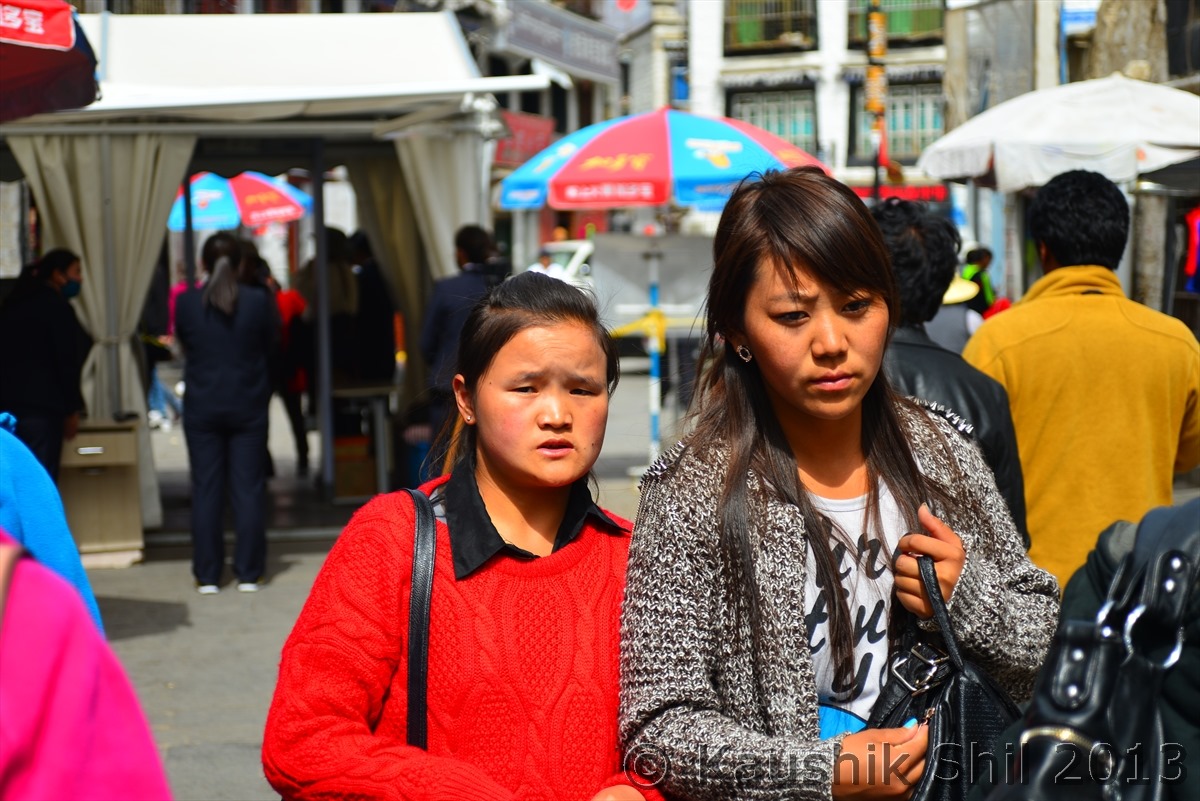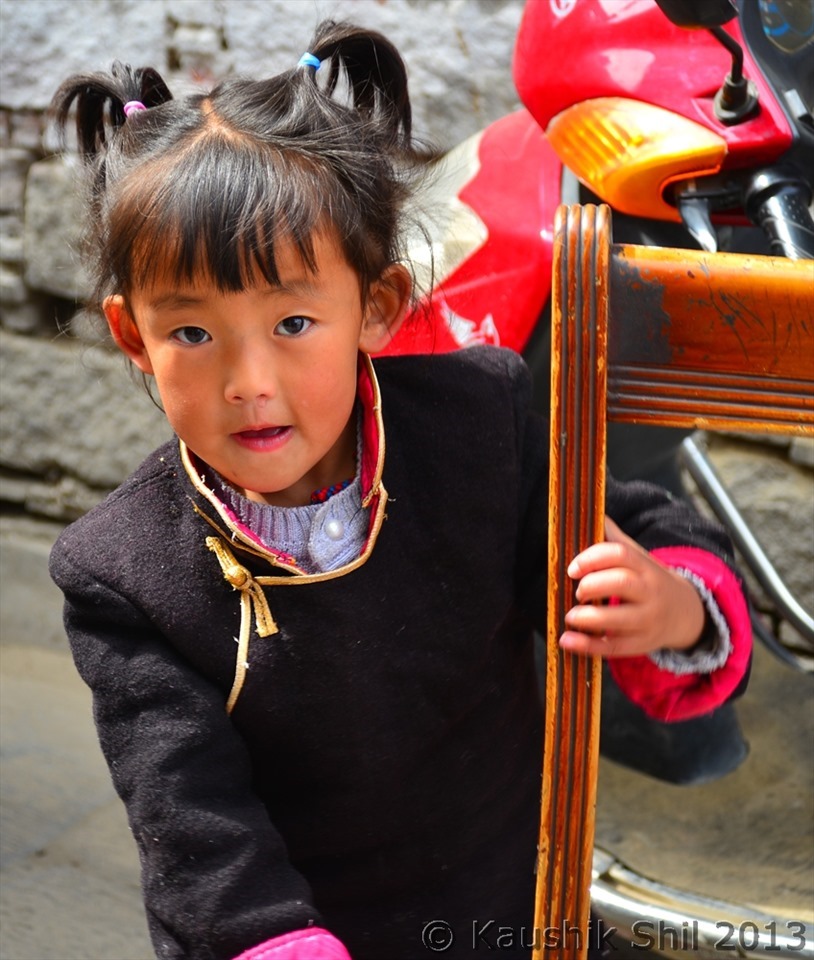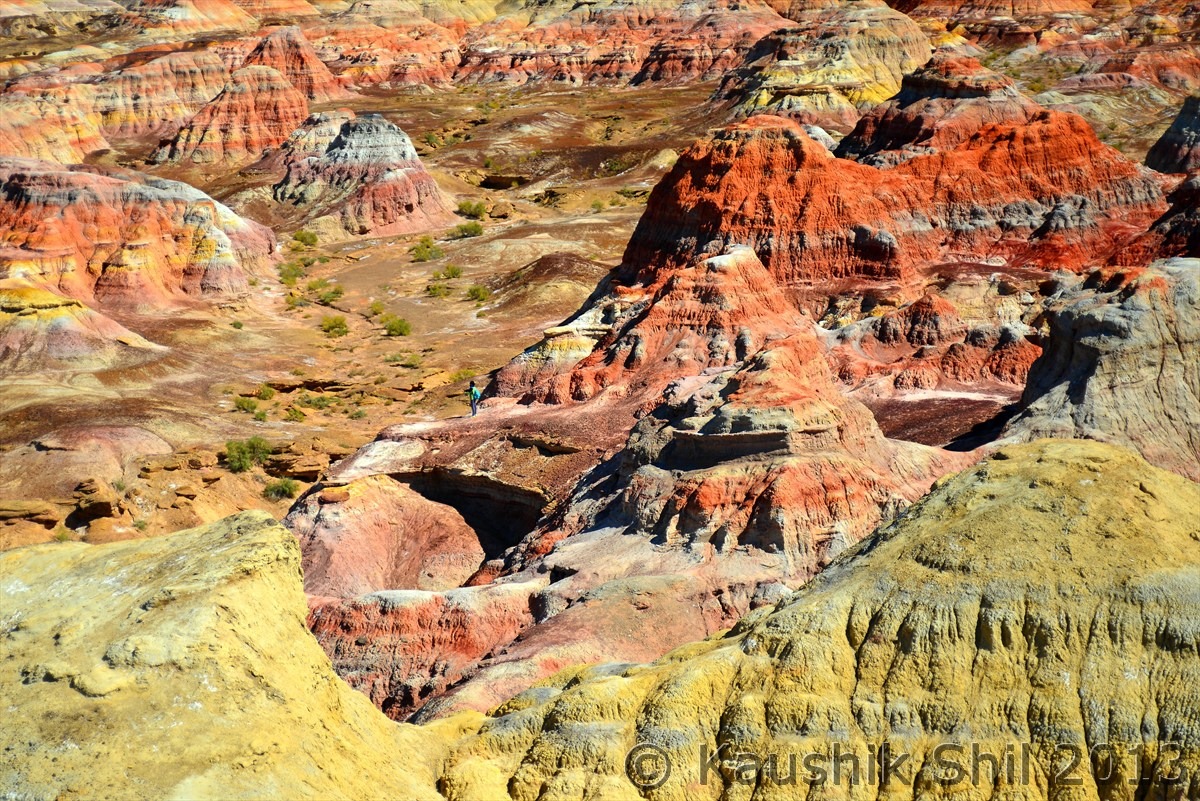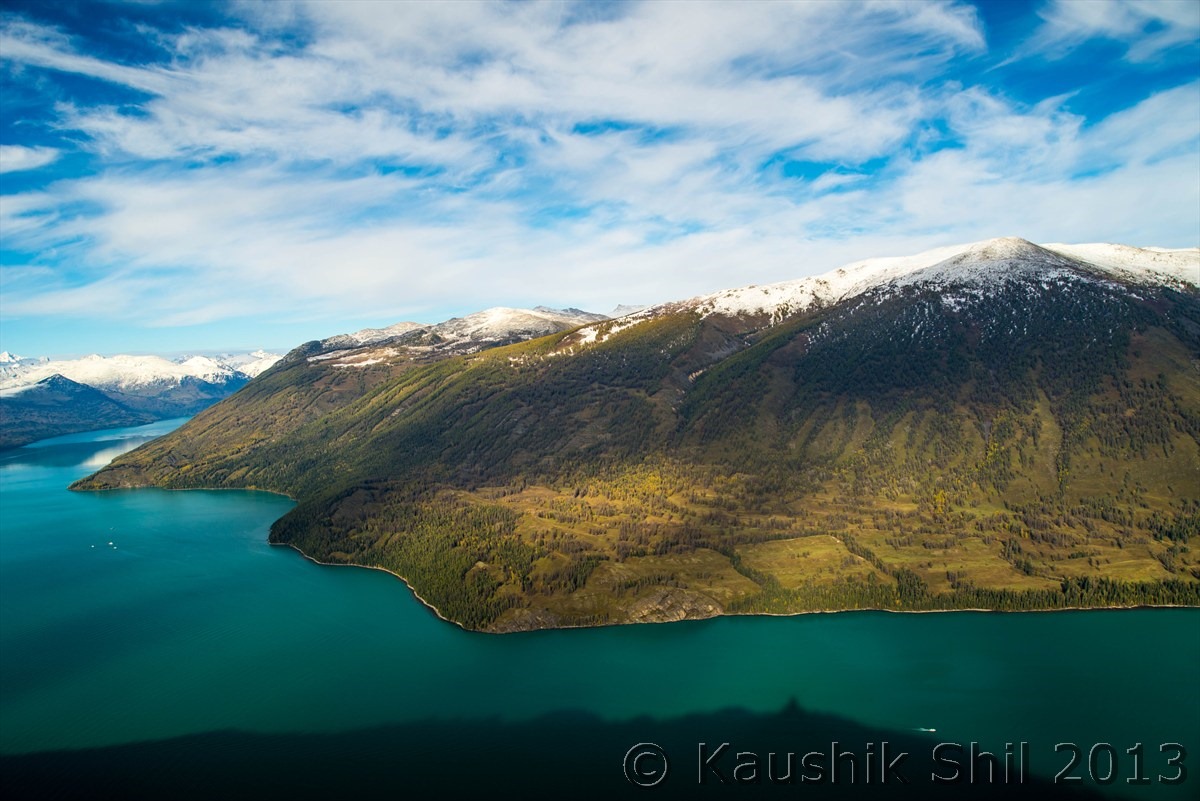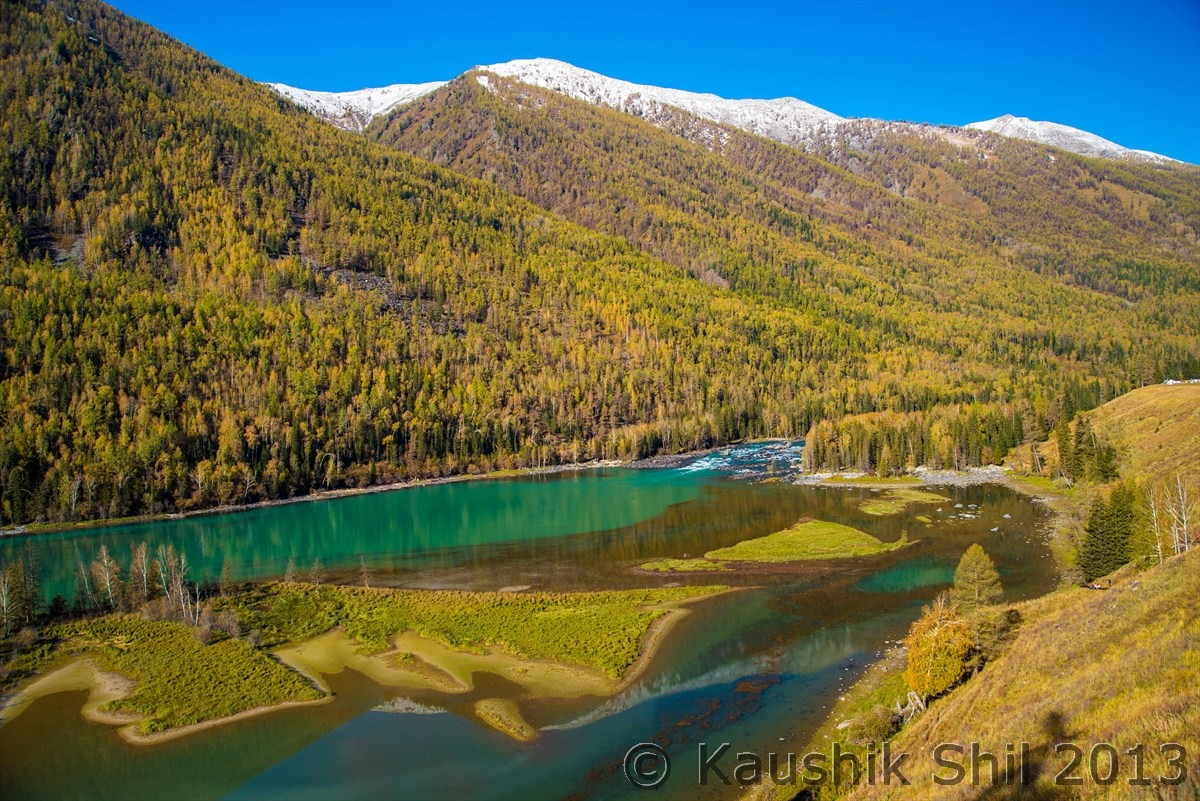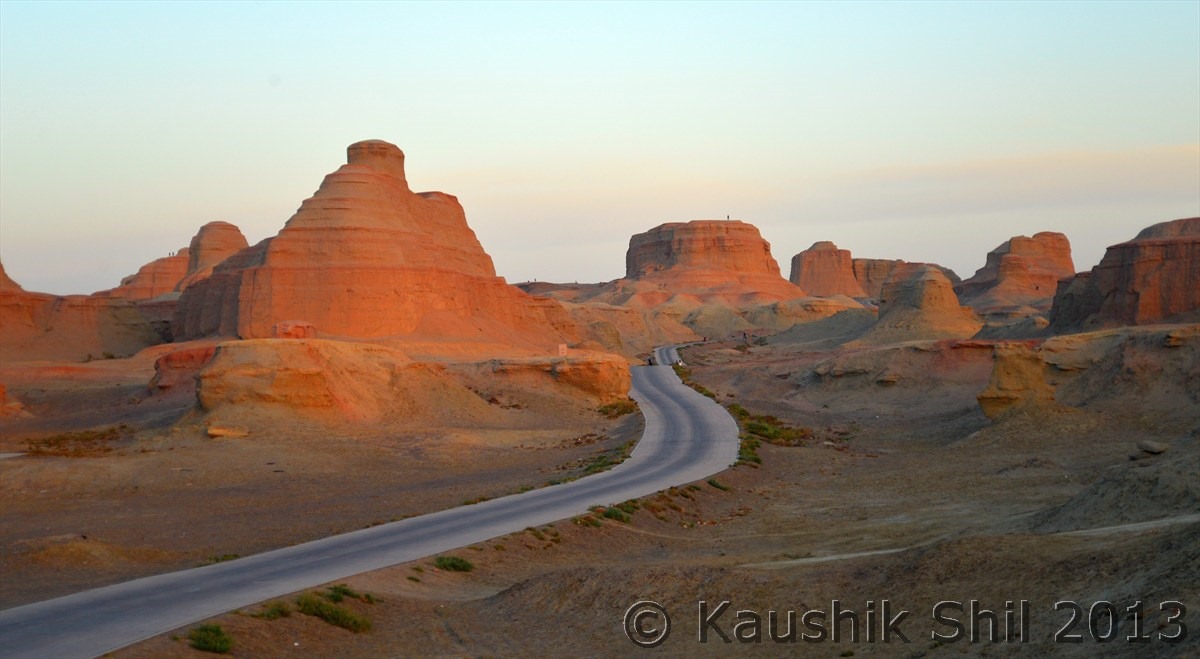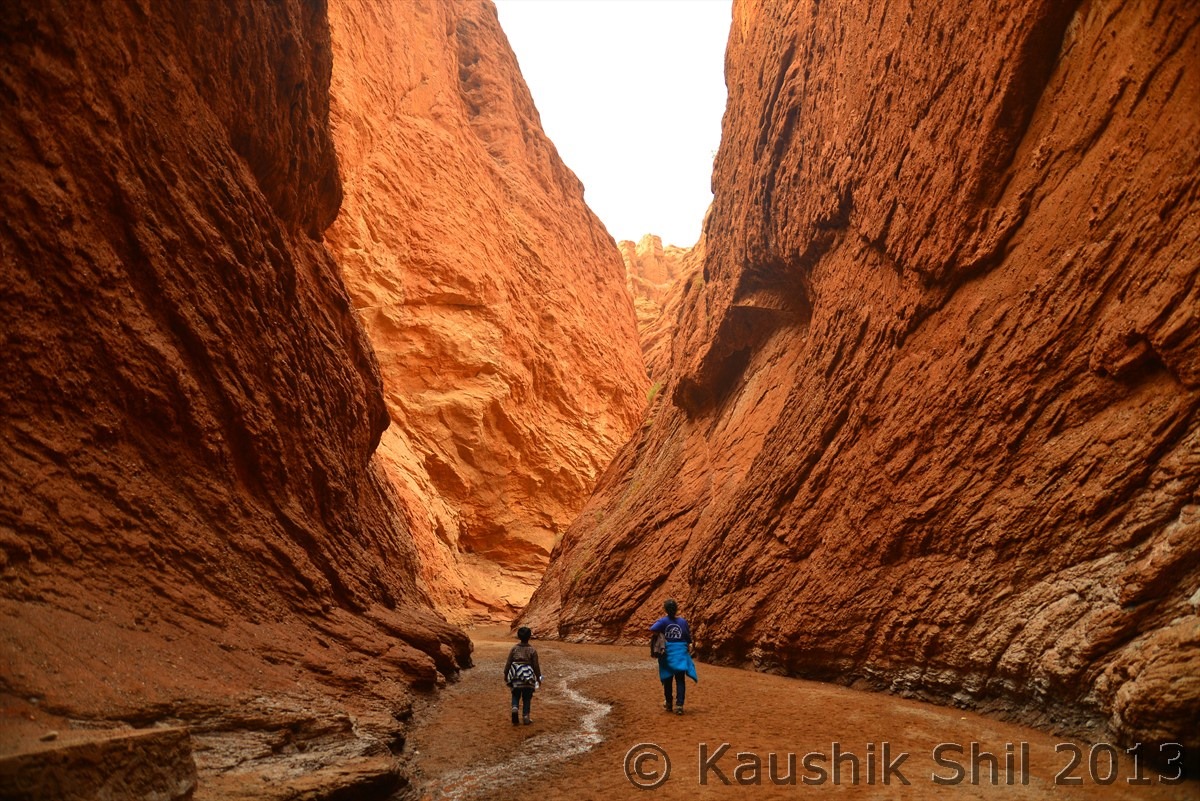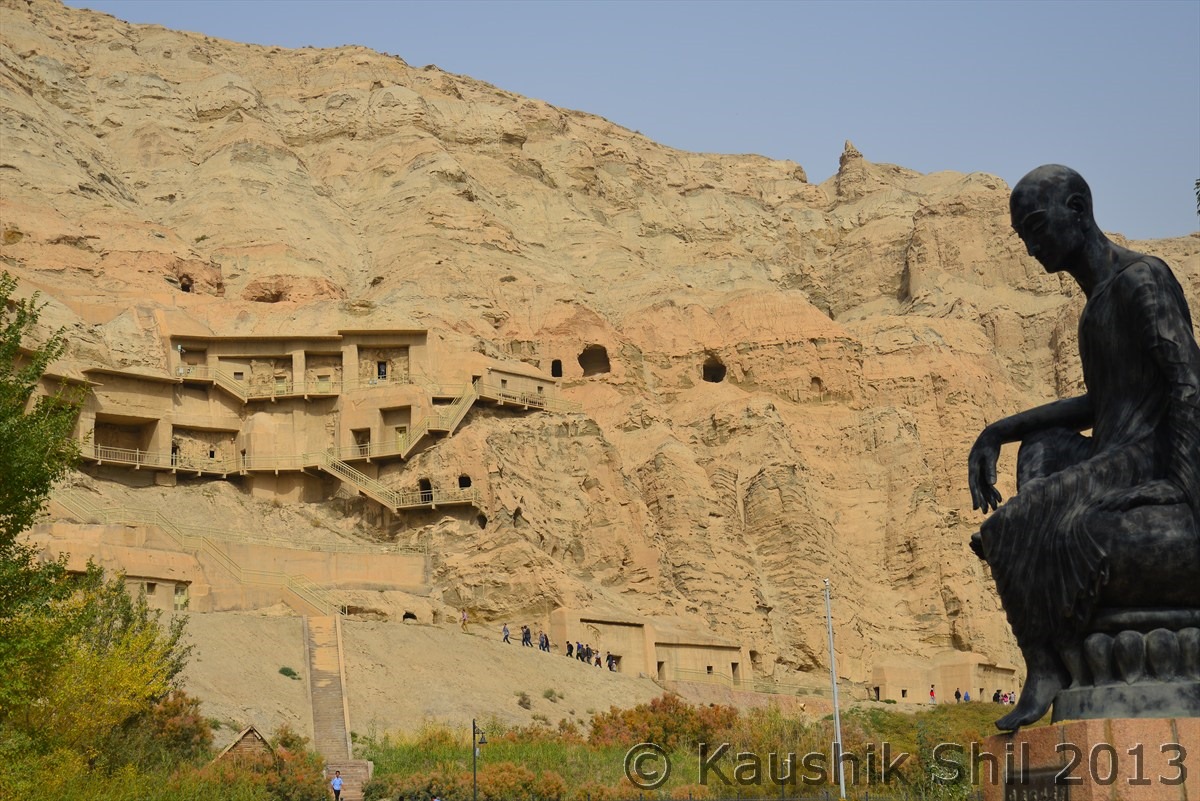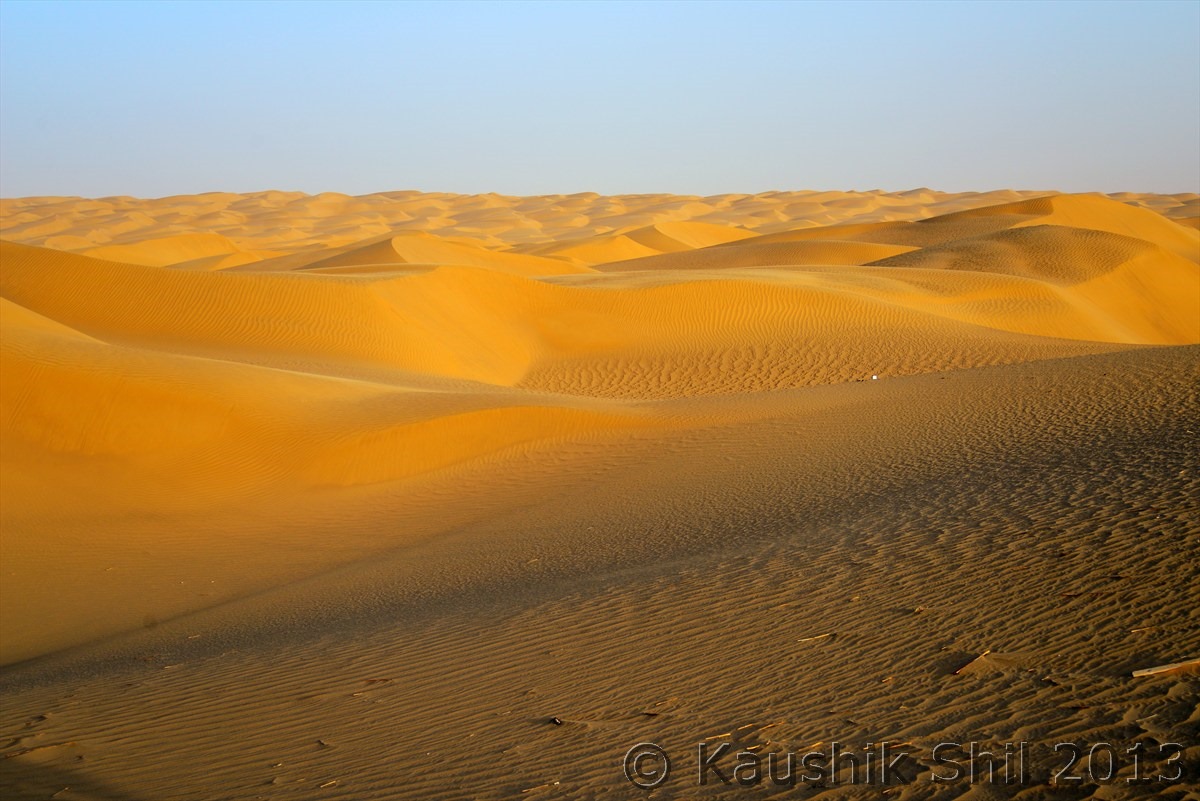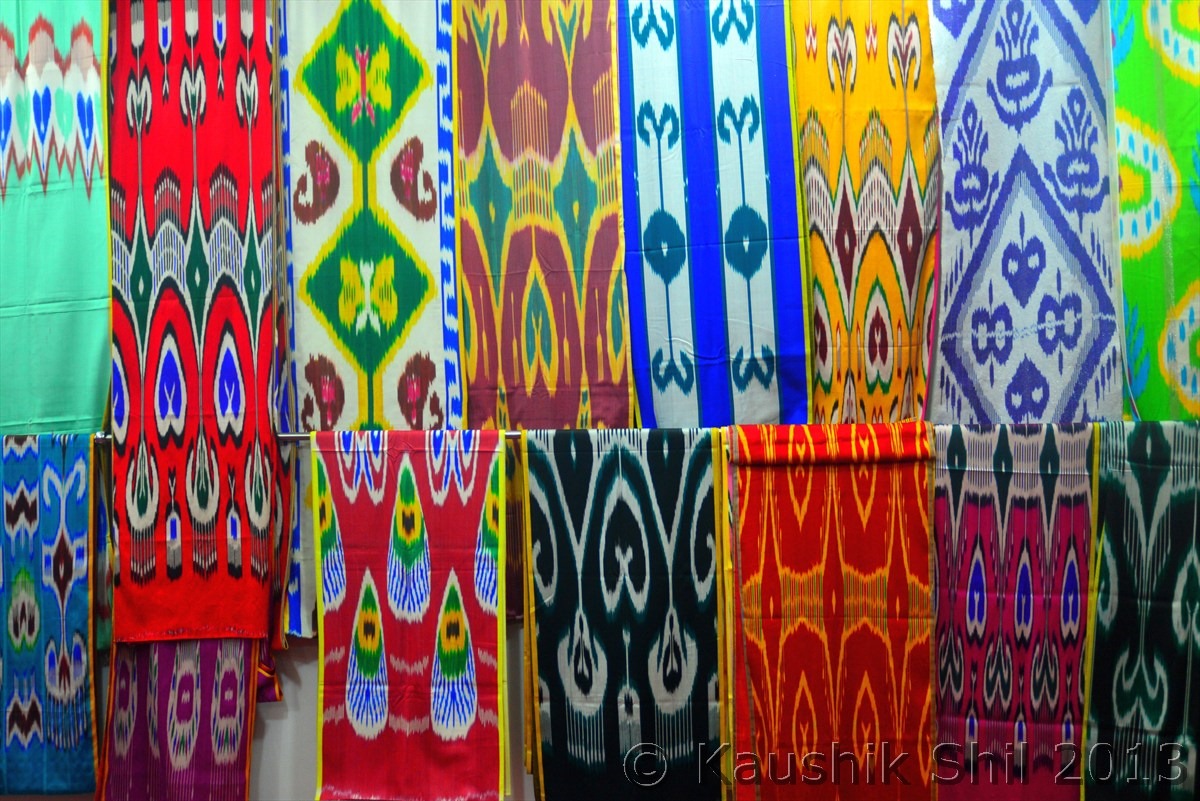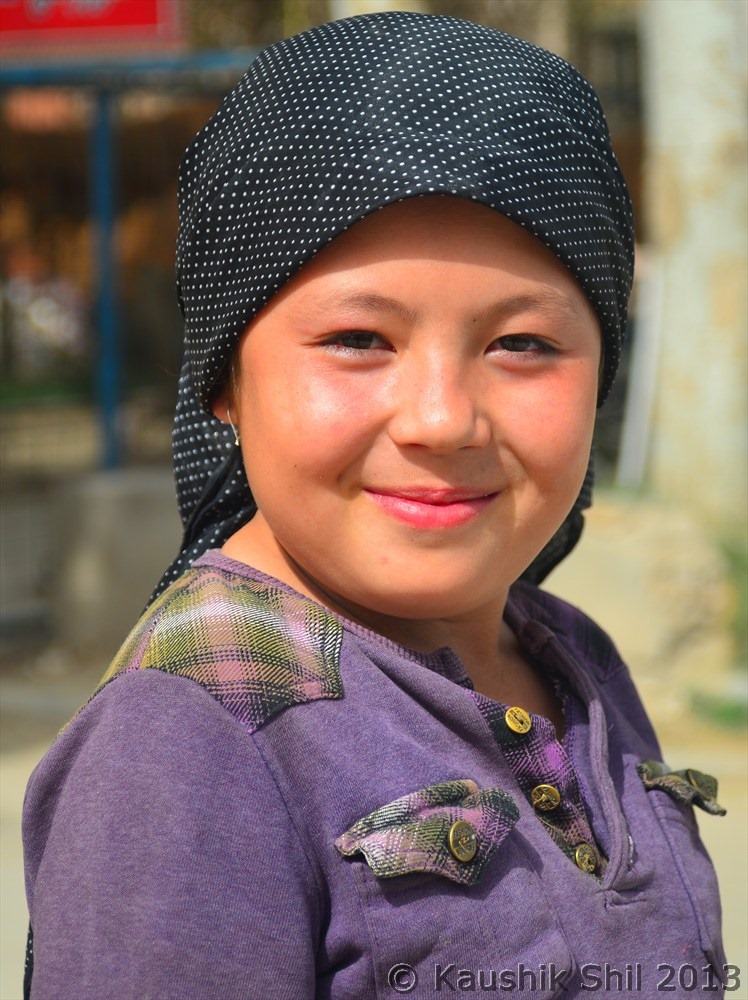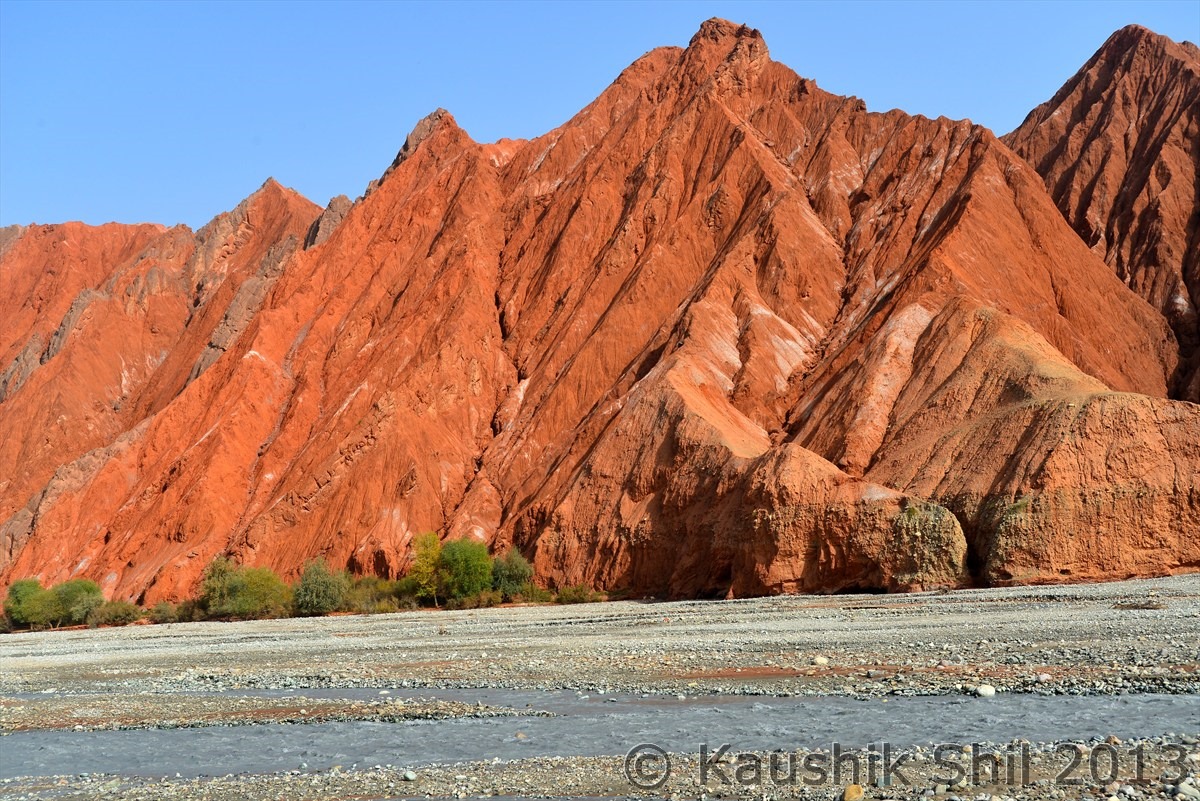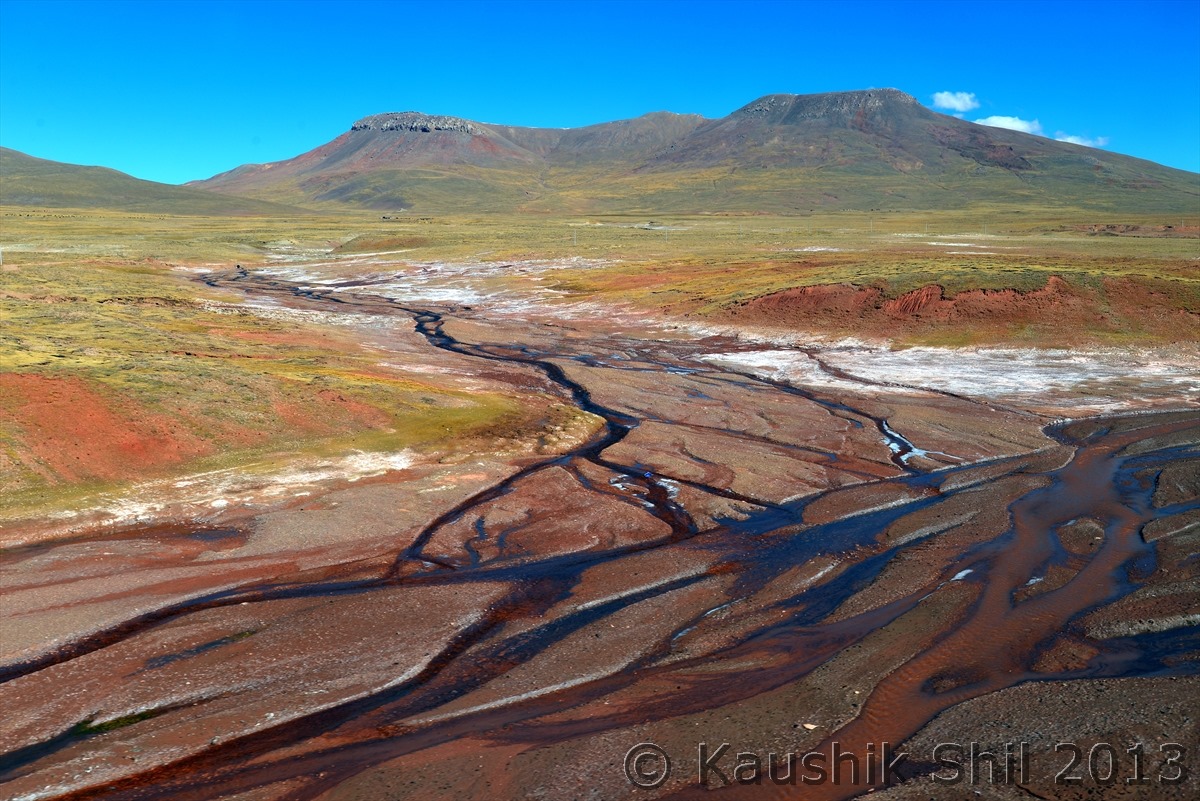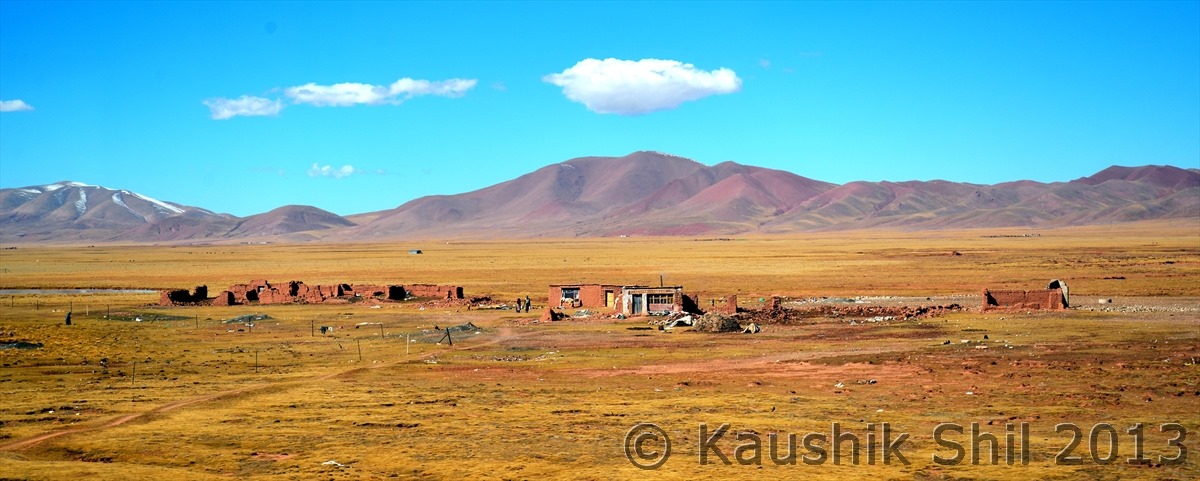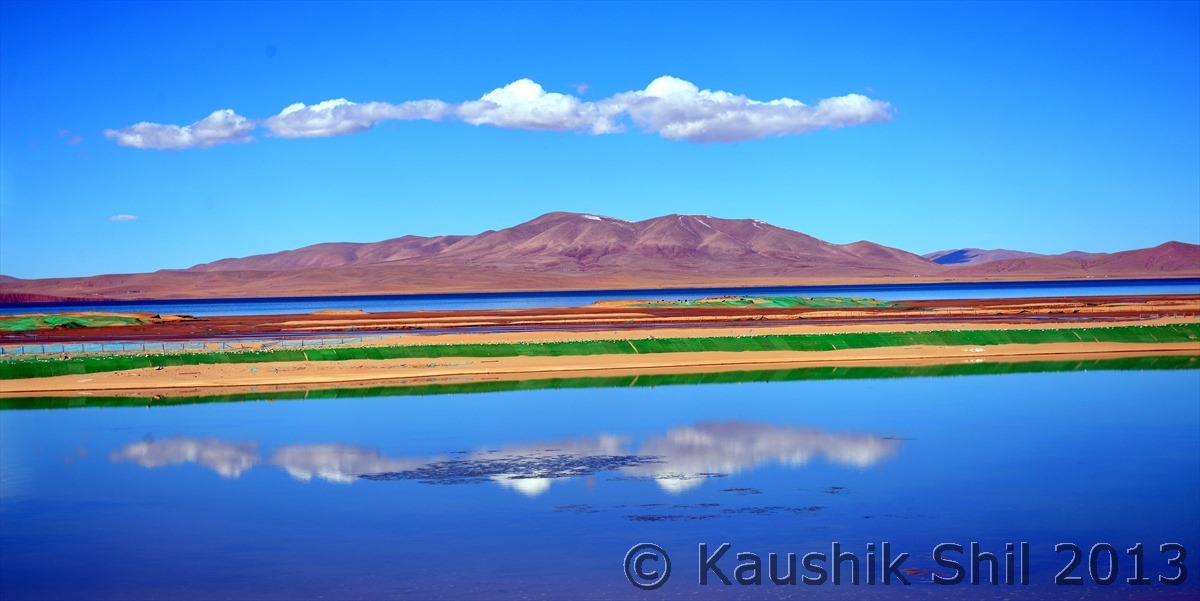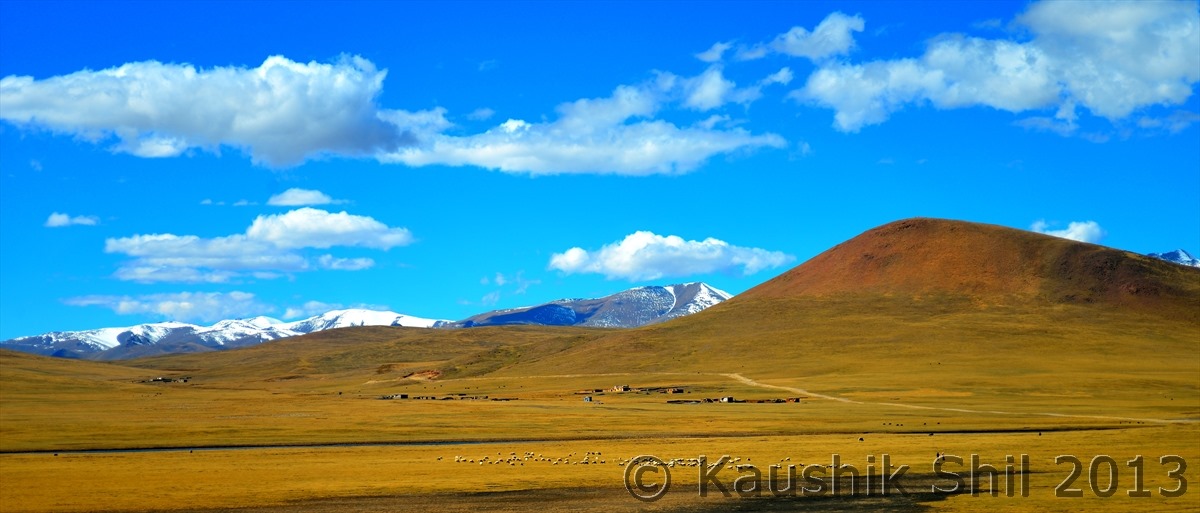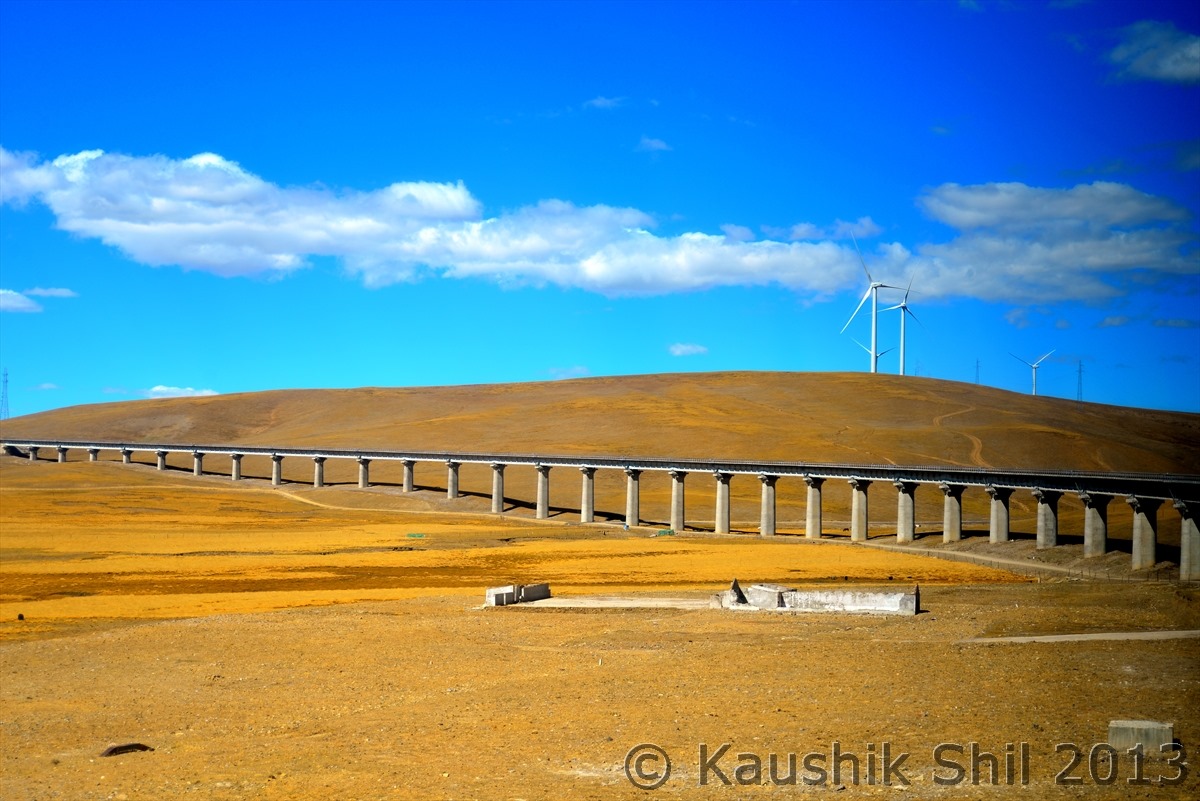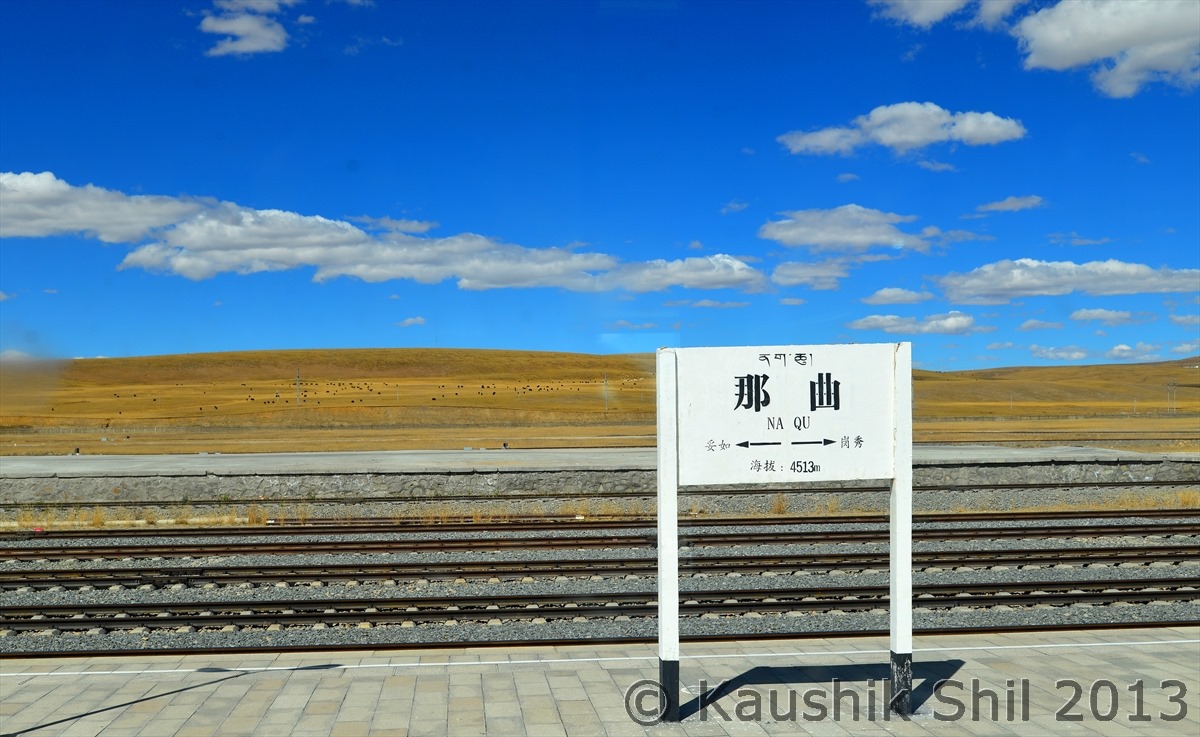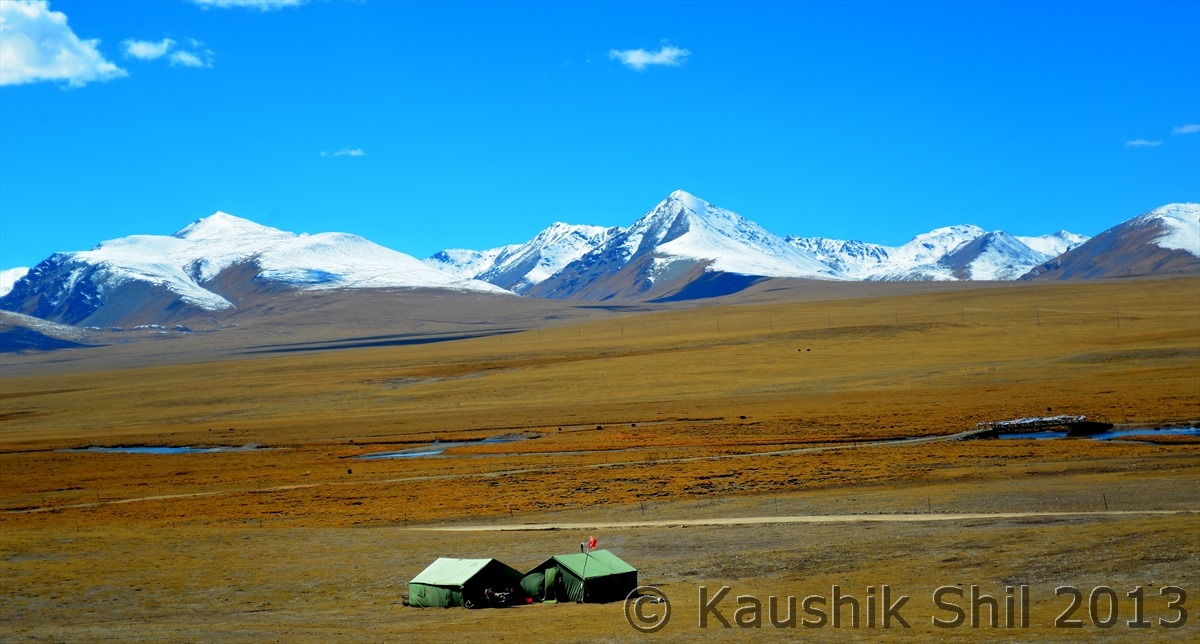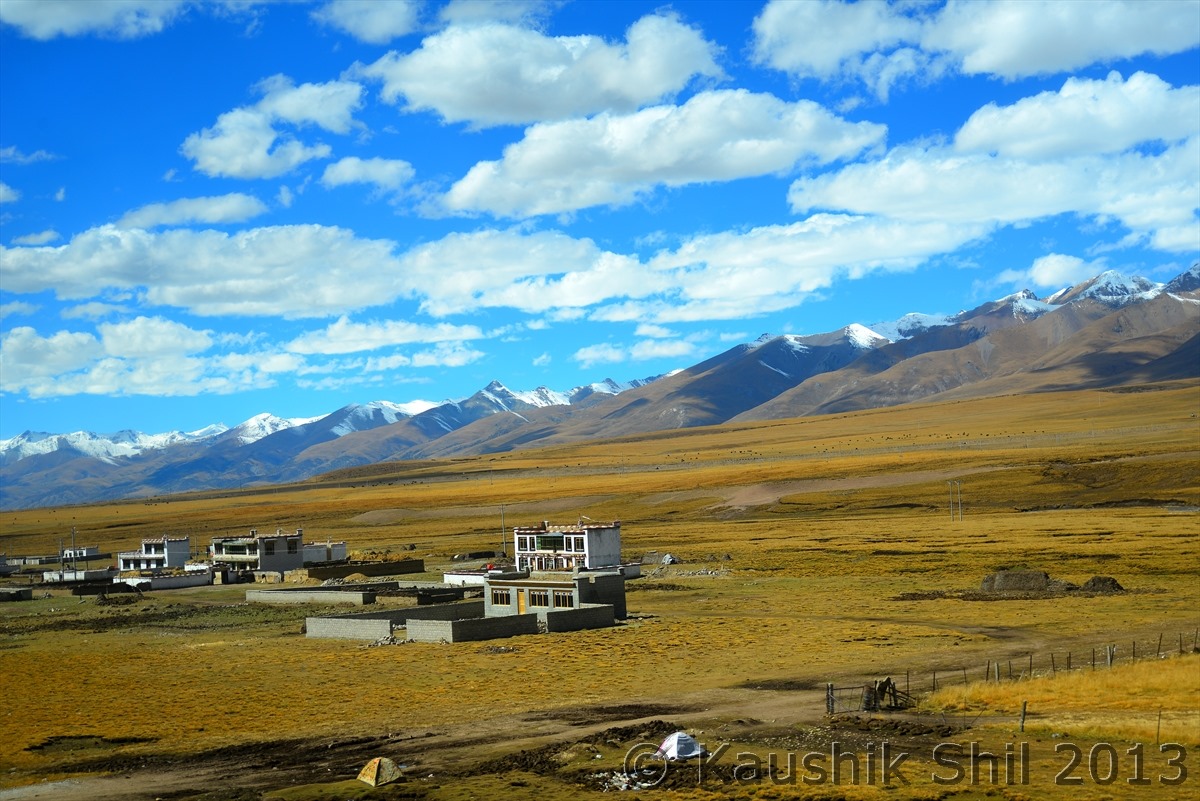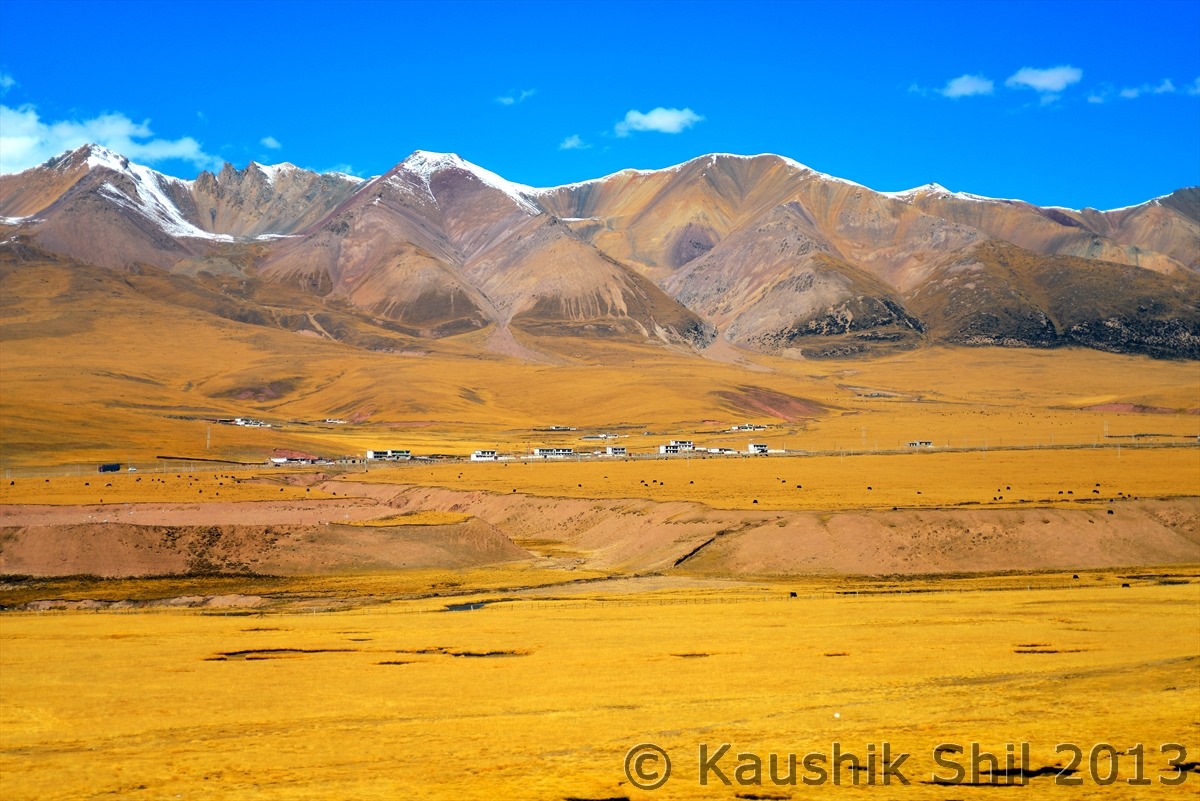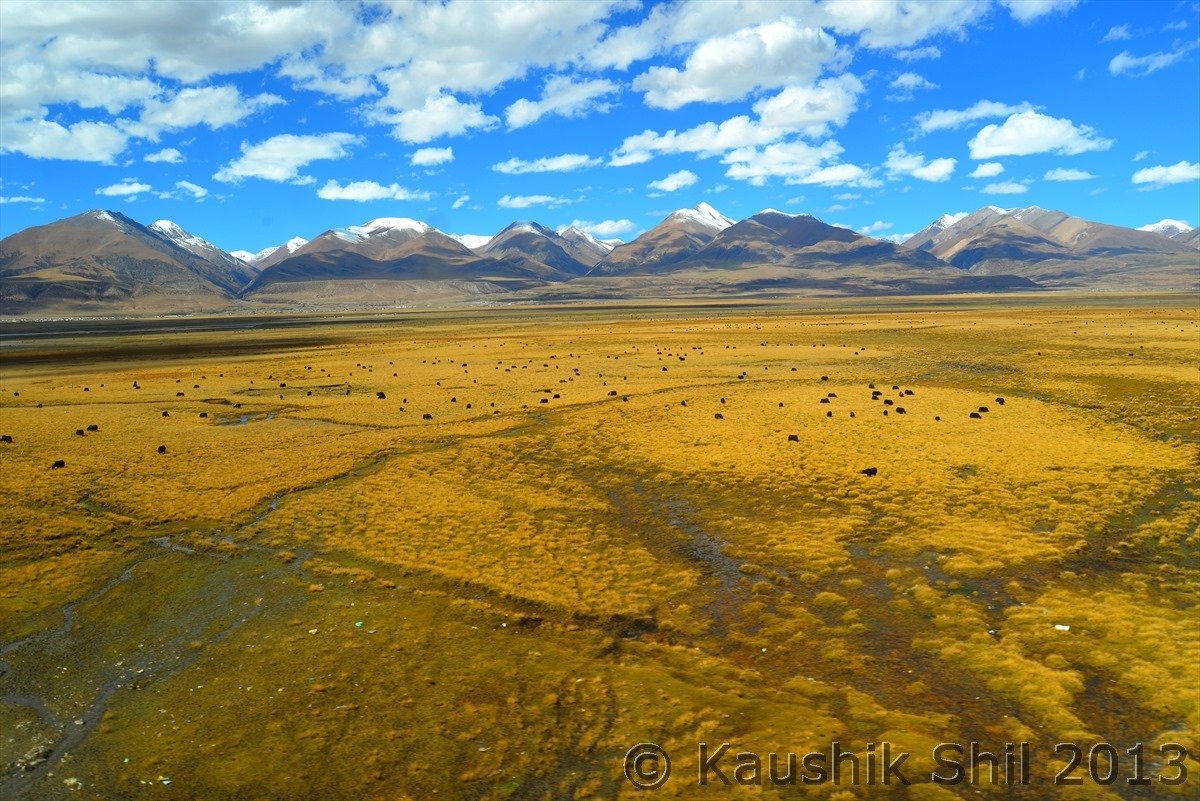When you are spending so much financially and emotionally you should understand the best time to travel in the region. Actually there is no best time of travel that we know very well, few of us now have been to Ladakh probably in all 12 months of the year but still getting into Tibet so frequently is not easy, more so for Indians.
So let’s discuss first on Xinjiang:
Xinjiang is divided centrally by Tienshan Mountain. The Northern Xinjiang between Tienshan in south and Altai Mountains in North geographically called Jungar Basin which is mostly a desert and in northern side, Altai County is more of Siberian Tundra region. So From October to March it’s a long winter with mercury dropping down even to Minus 40 and it’s completely snowed out. All hotels remain closed during this time and unless you are eyeing for a specific Ski destination and using flight from Urumqi, Northern Xinjiang is out of bound in long winter. Southern Xinjiang which is between Tienshan range in North to Kunlun range in South, named as Tarim Basin, is mostly covered by Taklamakan Desert, very cold in winter with snow toppings on Taklamakan red sand makes it look very beautiful. Hotels in southern part usually opened during year long, though Kashgar, Hotan, Yarkhand, the main towns on silk road might be snow bound between December to February. Karakoram Highway is completely snow bound but kept operational by Chinese till Tashkurgan. The Western Highway 219 is anyway out of question which goes through Aksai Chin just because of terrific weather. Though trucks keep plying and Chinese keep this 5500 mtr road operational through out the year just for strategic reasons.
Spring time, April and May usually shoulder season and you get it in cheap but infamous for frequent Dust Storms, The Desert Dust Storms can be deadly to stop air traffic even for 72 hours and it sometimes take 2 weeks for the dust to settle down. Definitely it won’t be a pleasant experience to catch in Dust Storms in Xinjiang.
The best time to Travel is summer which is between June to August and usually lush green grassland of Yili (Kazak side) or Altai (Northern Side) are its best during this time with lots of Siberian Birds of different species. Weather is sunny with least rain and blue sky even in Southern side and all roads are open but of course this is time when everything is very costly.
Autumn is short, just in September for Northern and Sep and Oct for Southern Xinjiang show you tremendous fall colors and give still bearable temperature in North (We still got lowest 10 degree below freezing point) and roads are all open. But sometimes you will face dust storms in Fall too. But this is a shoulder season and if you are budget conscious and can give the green of grassland a miss (which is a huge miss) you can eye on this time.
Golden Rules:
1. Never travel in China in Chinese New Year (Usually in Feb) and Golden Holiday Week (First week of October) unless you want to make a complete mess of everything, starting from air ticket, to train ticket to hotel everything is costlier and still you might not get and you can’t imagine the rush of Chinese tourists during this time, who thinks Kolkata Durga Puja or Mumbai Suburban Trains are last words for crowd and rush, you will change your perception if you ever be in China during this time.
2. Xinjiang is avoidable in the month of Ramadan, this is a Muslim dominated region and you never know the threat perception of Chinese Govt, you might get caught in between and mess up your plan.
Tashkurgan Grassland – vast grassland gone till China – Pakistan Border for 125km:
Tashkurgan Stone Fort Entrance:
Tajik-China Border Immigration – Border is just 14km away but not yet opened for foreigners:
Karakoram Highway crossing the valley below Kunlun Range:
Reflection:
Kyrghiz Father and Kid:
Famous Uighur Knives dated back from the ages of Carpet and Silk, you love to have it but Chinese Govt doesn’t, it’s not even allowed to carry these knives in Check in Luggage:
Nice Kashgar traditional shop but even prettier shopkeeper :
Ruins of Kashgar Old City, Govt doesn’t give permission now to visit, we had to escape police to reach here, may be someone’s drawing room, so nicely painted wall, God knows how old these are:
Jiahoe Ruins, at Turpan again a 3rd Century Town’s Ruin:
Luilan Beauty – A mummy preserved in Uighur style (Different from Egyptian Mummy) dated back 1800 BC, almost 4000 years old – At Urumqi Museum
Let’s come to Tibet now:
Never plan Tibet between Feb and March though it’s the best to see most Tibetan Festivals, Spring colors and all in a low season during this time. The reason is this is the time when 2007 uprising took place and since then for these 2 months Tibet was closed for foreigners in every year. So better not to try it, let’s keep even January out of bound as sometimes Chinese Govt gives 48 hours notice to foreigners in Lhasa to leave Tibet, after so much plan and putting so much money you will never want that.
So now let’s think between April to December period.
For Western Tibet (Ngiri Region) best time is June to September as you will get hotels / guest houses open and weather at its best, though last few years I have been observing serious of Eastern Disturbances from South China Sea hit this region and cause substantial rain fall. (One such stream met with an Westerlies from Arabian sea, did the massacre in Uttrakhand, this summer, the other side of hill Tibet was battered too.
For Northern Tibet (Nag qu region), the grassland is at its best in June, July and August, from Sep the grass started turning brown and red. Rest of the time it’s very difficult to approach this part.
For Eastern Tibet (Nyingchi Region) it’s best to travel between Oct to Dec and April – May as these part receives highest rainfall in whole Tibet and during June-Sep its prone to landslide and road block. The weather is very similar to our North East, more close to Arunachal.
For Central and Southern Tibet (Lhasa, Shegatse and Shannan Prefecture) it’s anytime between April to December. Cost is lowest in Nov and Dec with weather slightly with you, you can enjoy even the clear view of Everest. April-May is shoulder season when you get some discount but between June to October it’s high season with everything costly. July and August usually is rainy season when Lhasa receives highest rainfall and Everest will be covered in cloud. So weather wise if you want best, May and October is the best bet for you.
Golden Rules:
1. Keep eyes closely on important Chinese events and don’t plan anything close to that even if it happens far from Tibet. During whole 2008, the year of Beijing Olympic they kept the Tibet shut, as I mentioned in some early post, it was closed during the Communist Party Congress in October 2012.
2. Don’t plan in Chinese New Year and October Golden Holiday as I mentioned earlier.
3. Don’t plan between Jan – Mar as Tibet usually gets closed for foreigners during this time.
4. Keep eyes on Tibet’s situation as anytime if there is some disturbance like Tibetan monks self immolation bid might lead to closure of Tibet, as you are applying visa one month before your journey date, keep yourself updated.
5. Just pray that things go well during your visit, Tibet is terribly uncertain.
Food and Accommodation
Food is cheap, in Xinjiang it should USD 5 per person per day and in Tibet would be 10 USD per person per day. Accommodation widely varied and catch is foreigners can only stay in few selective hotels in China and cheapest accommodations won’t fall in this categories. This is very strictly followed in China and so for accommodation you can’t get away very cheaply here. Travel Permits in contrary is not costly, many times absolutely free but need so much effort and ability to speak fluent Chinese, you have to depend on agencies and they would certainly charge you something.
Language
It is impossible to speak / understand Chinese so easily, not having any link to any of my known languages. I was depending on my drivers (English speaking) to manage the show but most who travels independently using public transport prefers to use some offline Chinese – English Translator to manage it. You can search it in Amazon. But don’t try to depend on Google Translator or something, China is famous for its National Firewall (almost as famous as Great Wall) which blocks Google, Facebook etc.
First Glimpse of Mighty Himalayan Range and first time in life, I am looking South to see these glorious ranges:
Himalayan Wall, that changed India’s History and Geography for its sheer presence, read so many times first time realized the protector wall of our North, mighty Himalayan ranges, an amazing experience:
Tibetan Landscape will cast a magical spell on you, see the far away small village, near one is Tingri, gateway to Everest North Base Camp and enjoy the amazing colors:
Can you see the little dark cone in middle, highest point in world, Mt. Everest North Face – My first sight of the dream:
How much colorful a landscape can be? Has God used all colors in His palettes to draw this canvas:
And here it is, North Face of Highest Point in Earth in its full glory: Watching Mt. Everest North Face gives you more clear view of the whole ridge than when you watch it from South, because of other high mountains in front it, Just left see the 4th Highest Peak of World, Mt. Lhotse – Another long cherished dream accomplished.
This is the highest part of Himalayan Ranges from left Mt Everest to right Cho-Oye, dream to see that with Tibetan Landscape fulfilled:
Road is going to Eternity as the Friendship highway turned south and started climbing high Himalayas:
